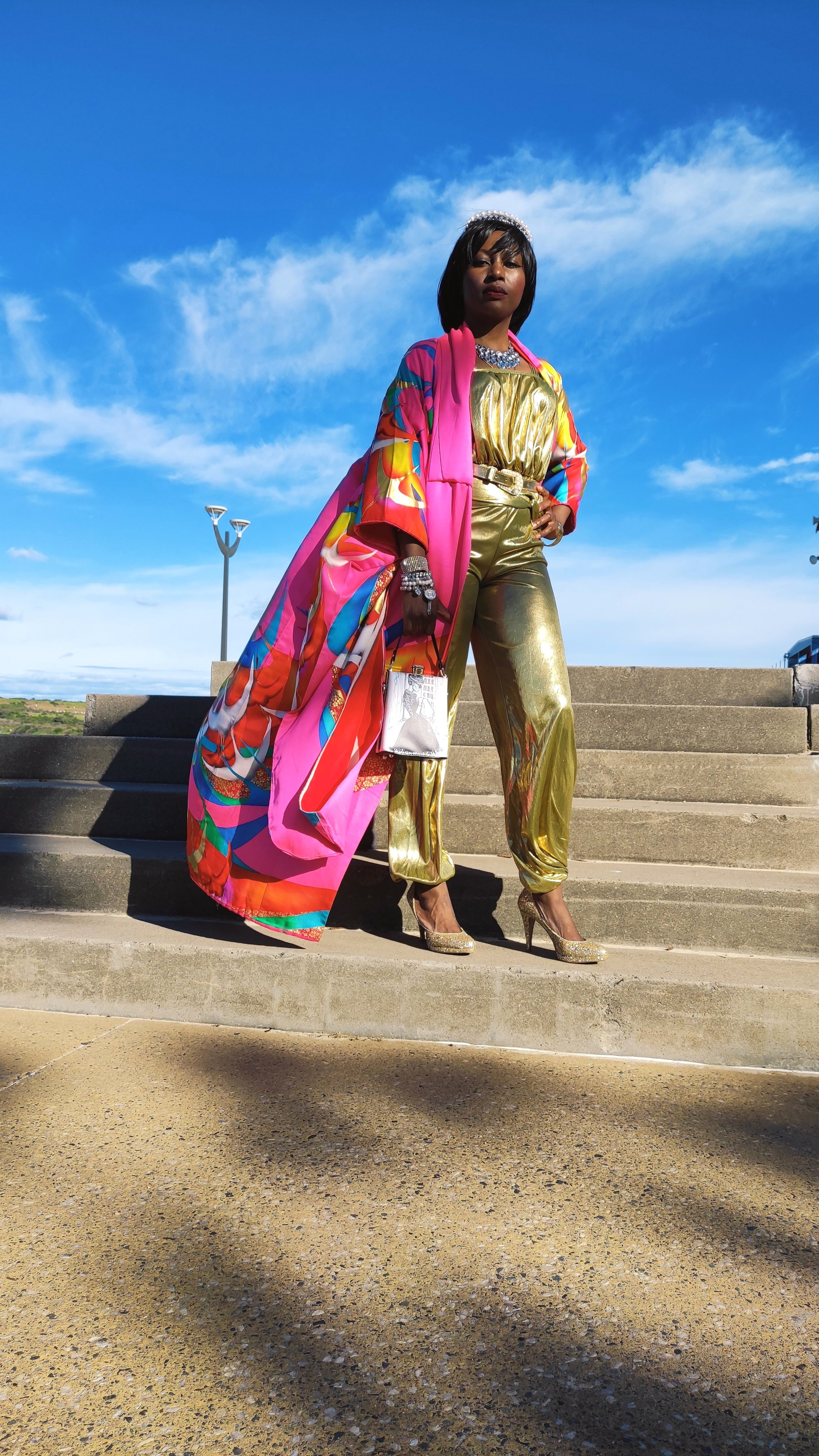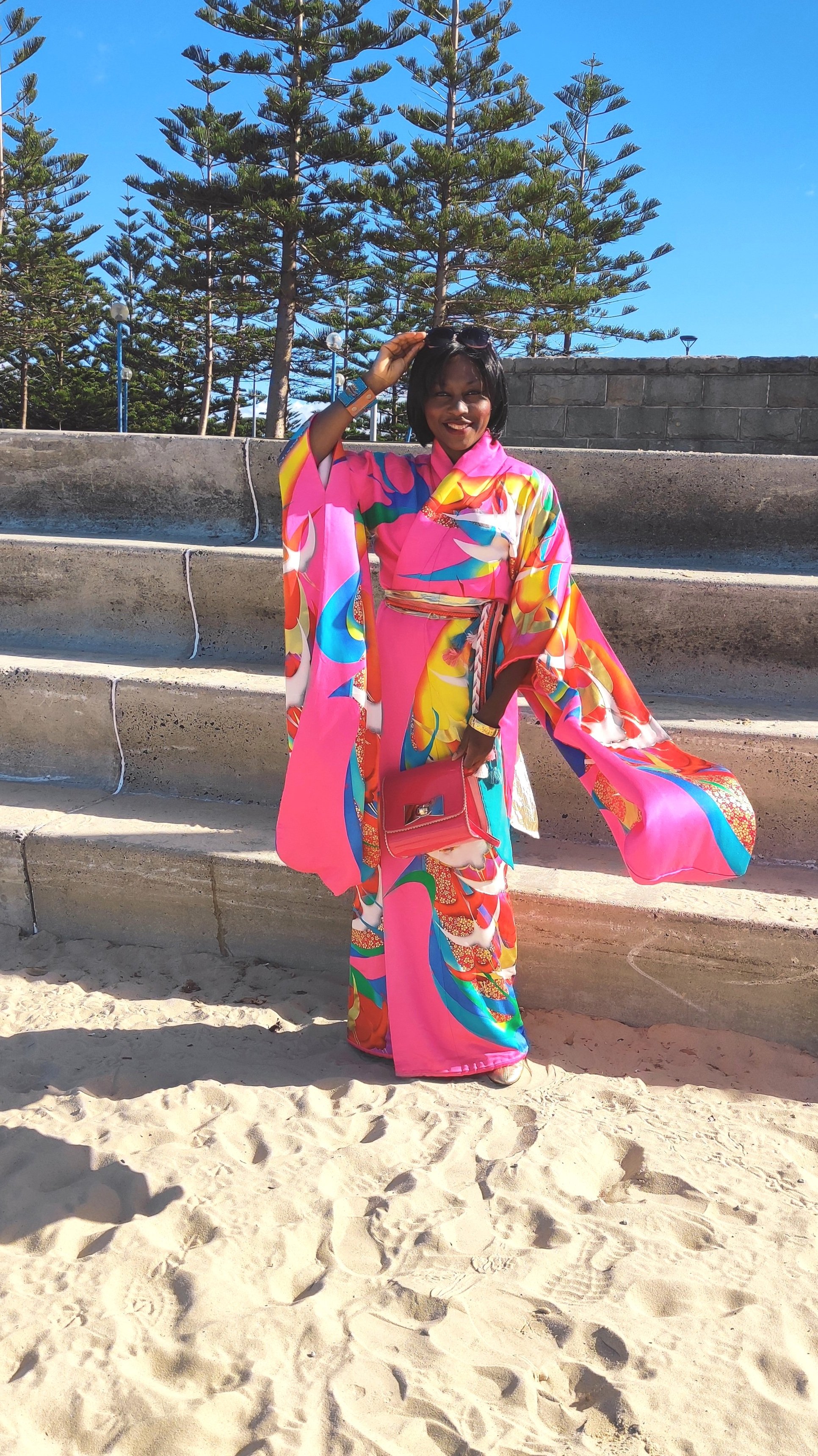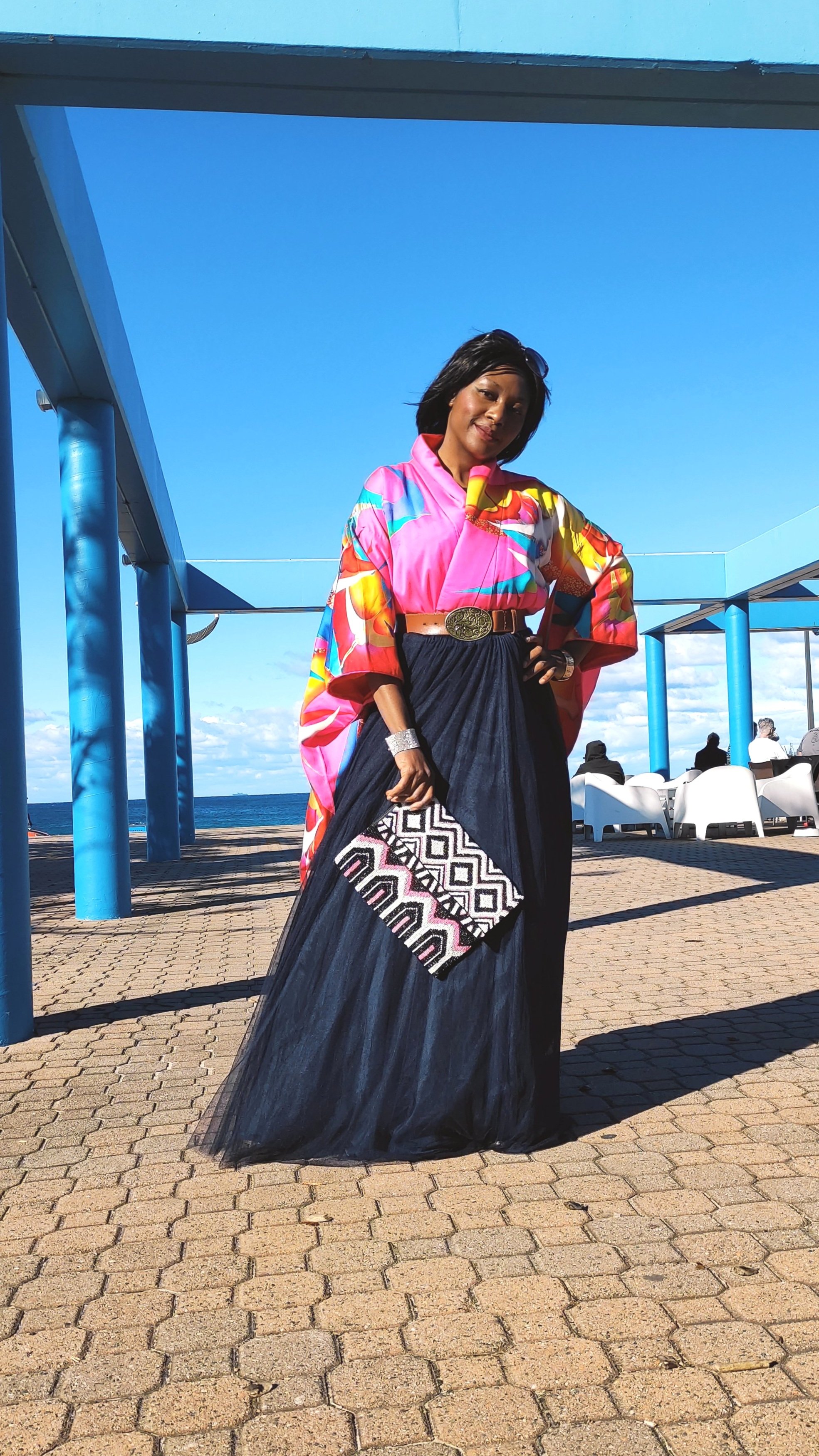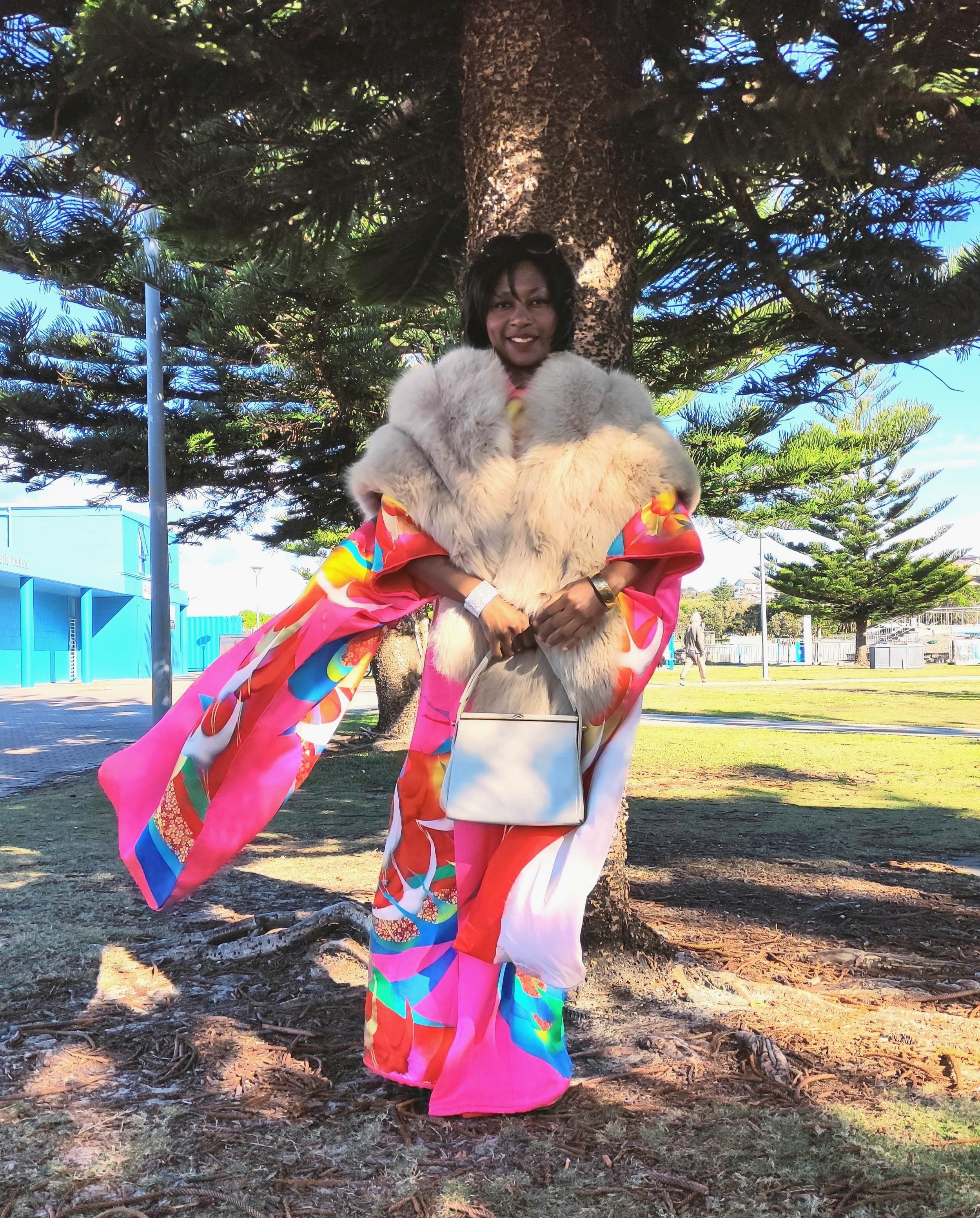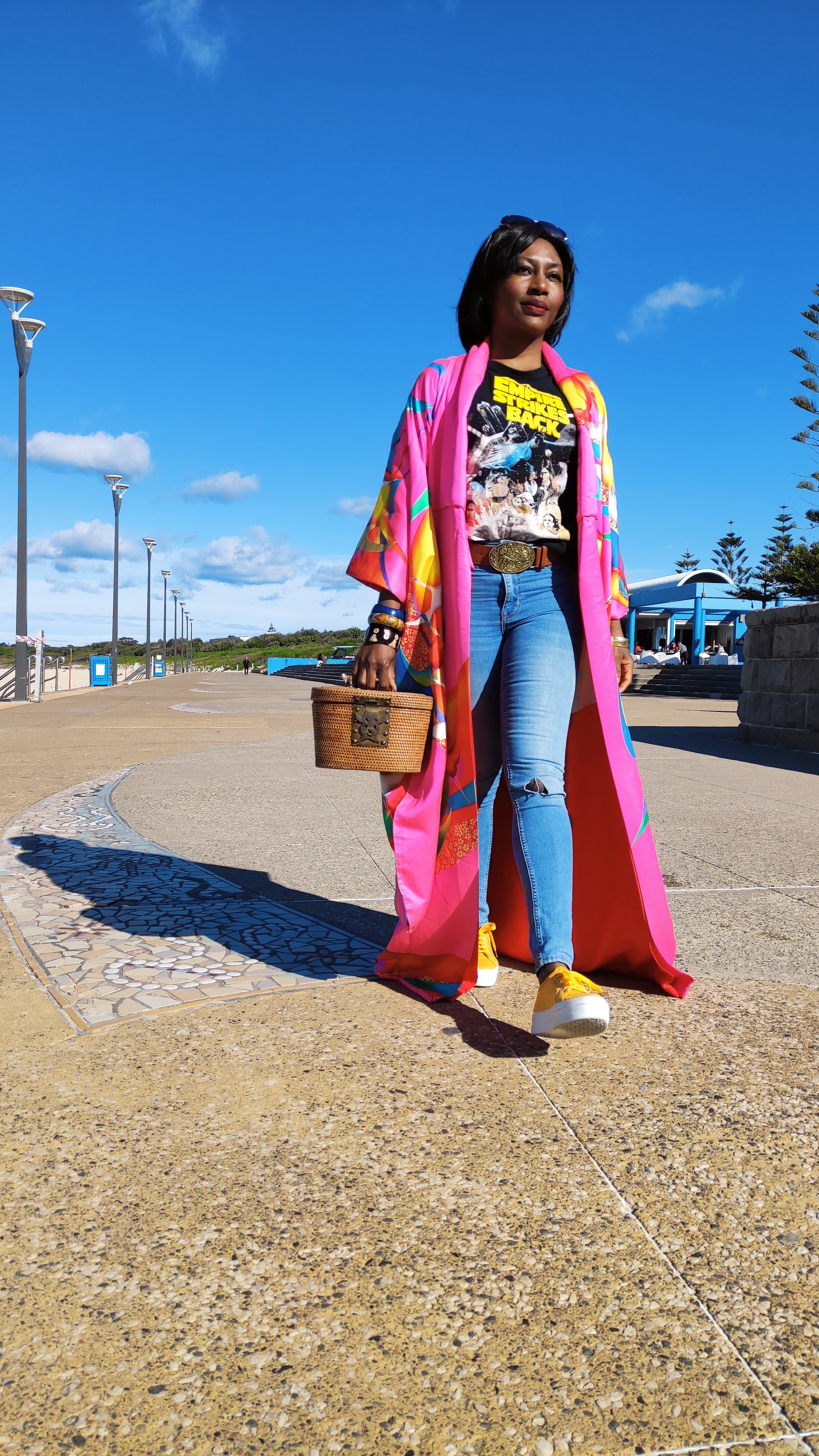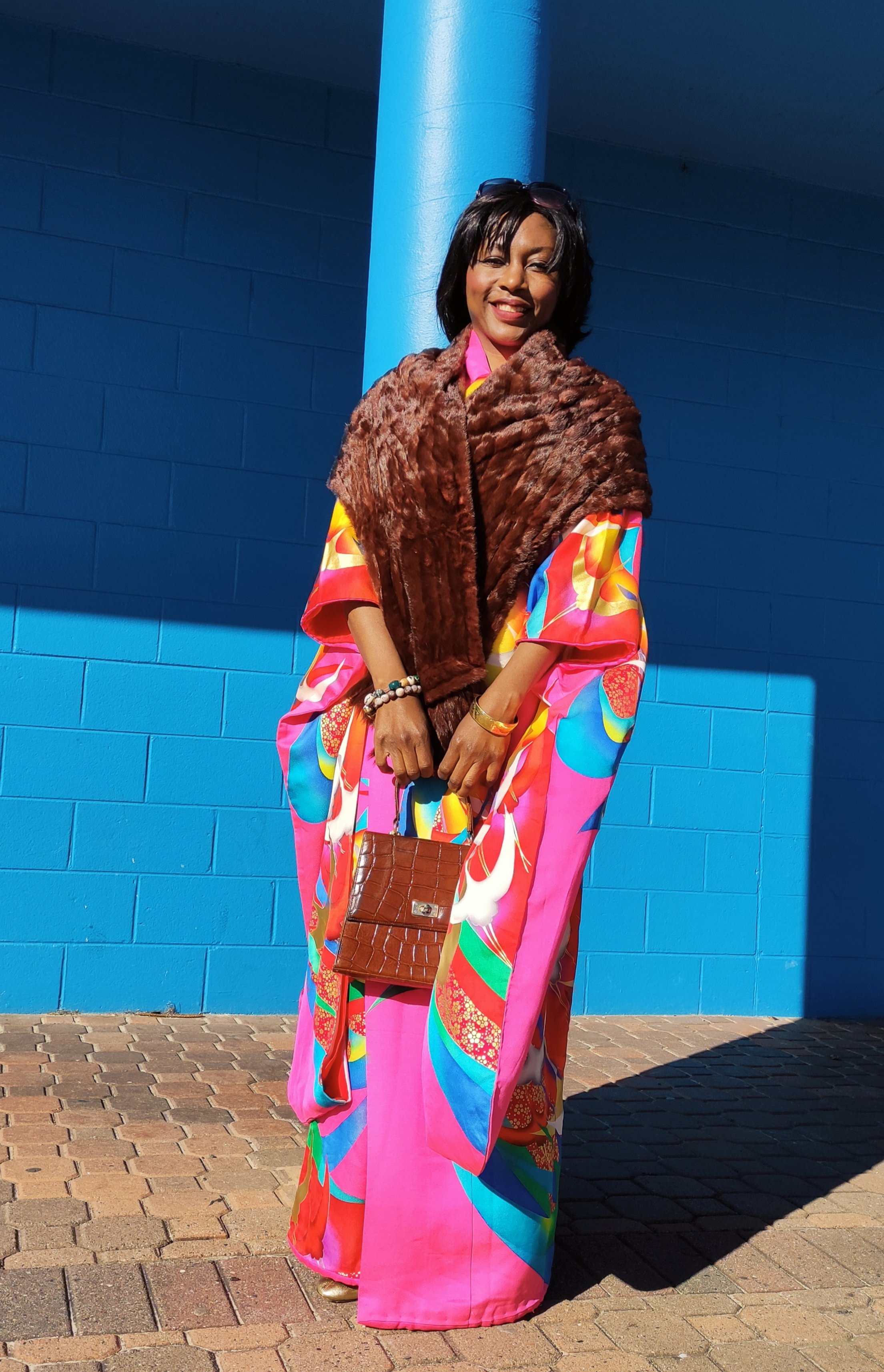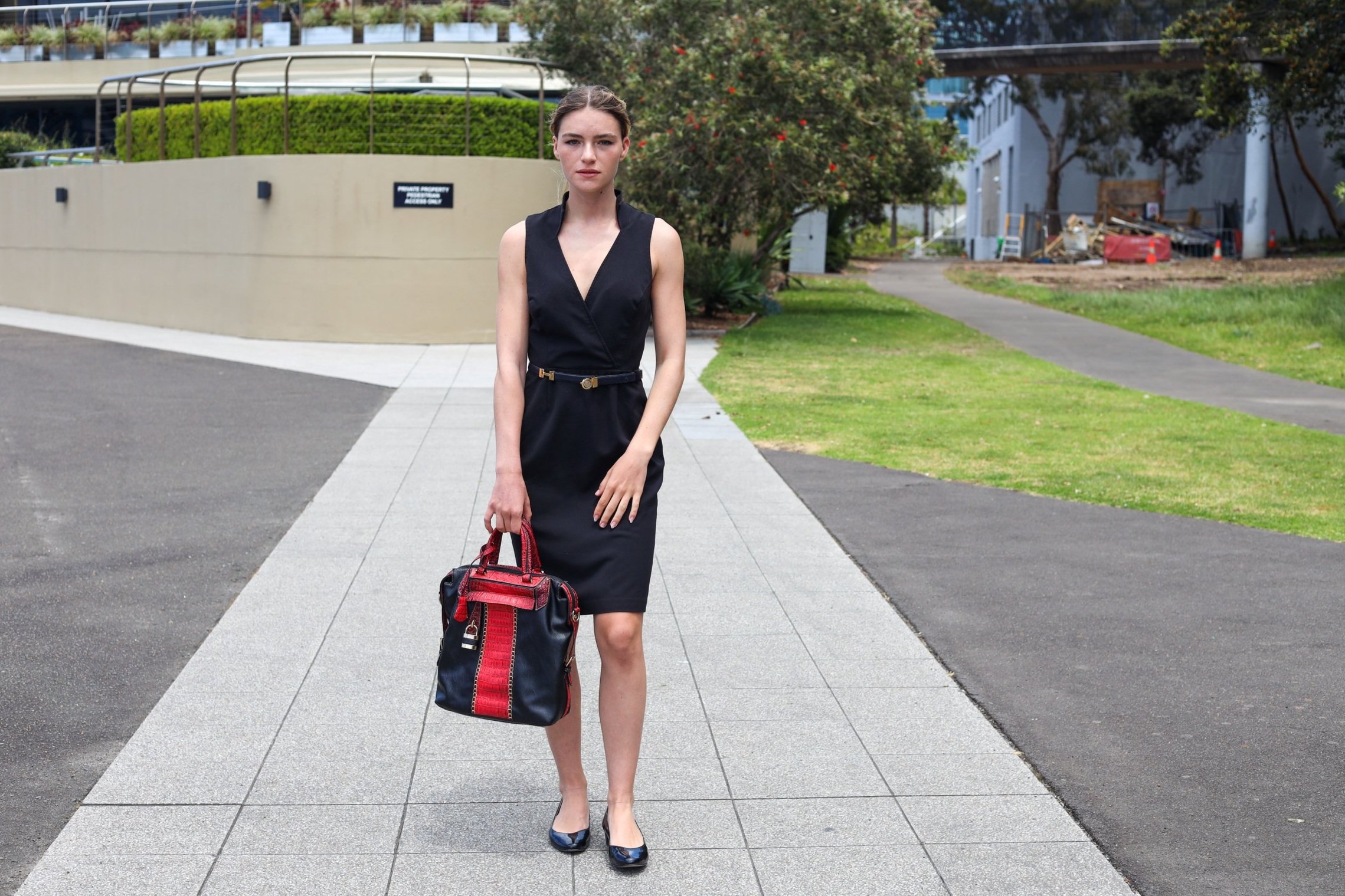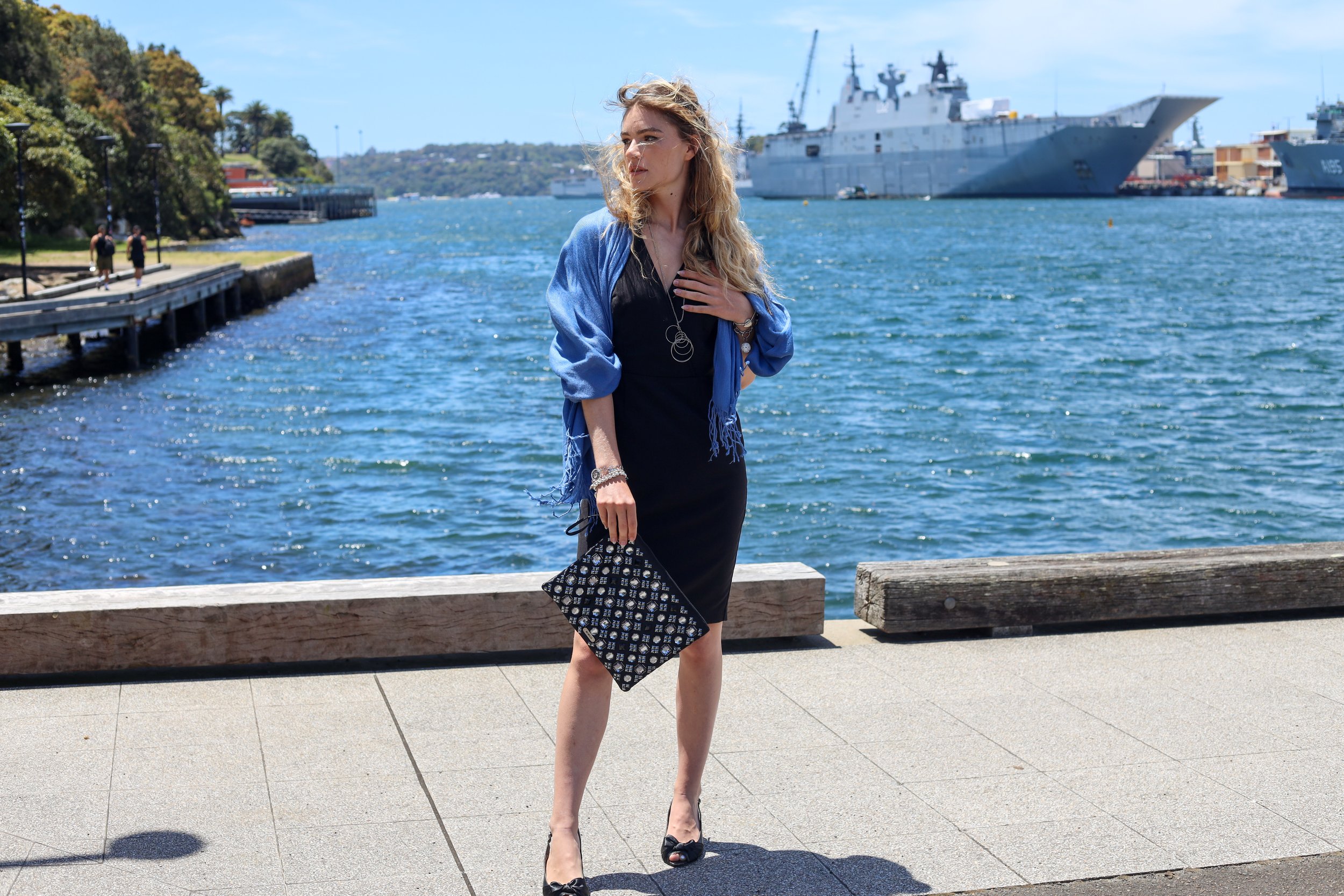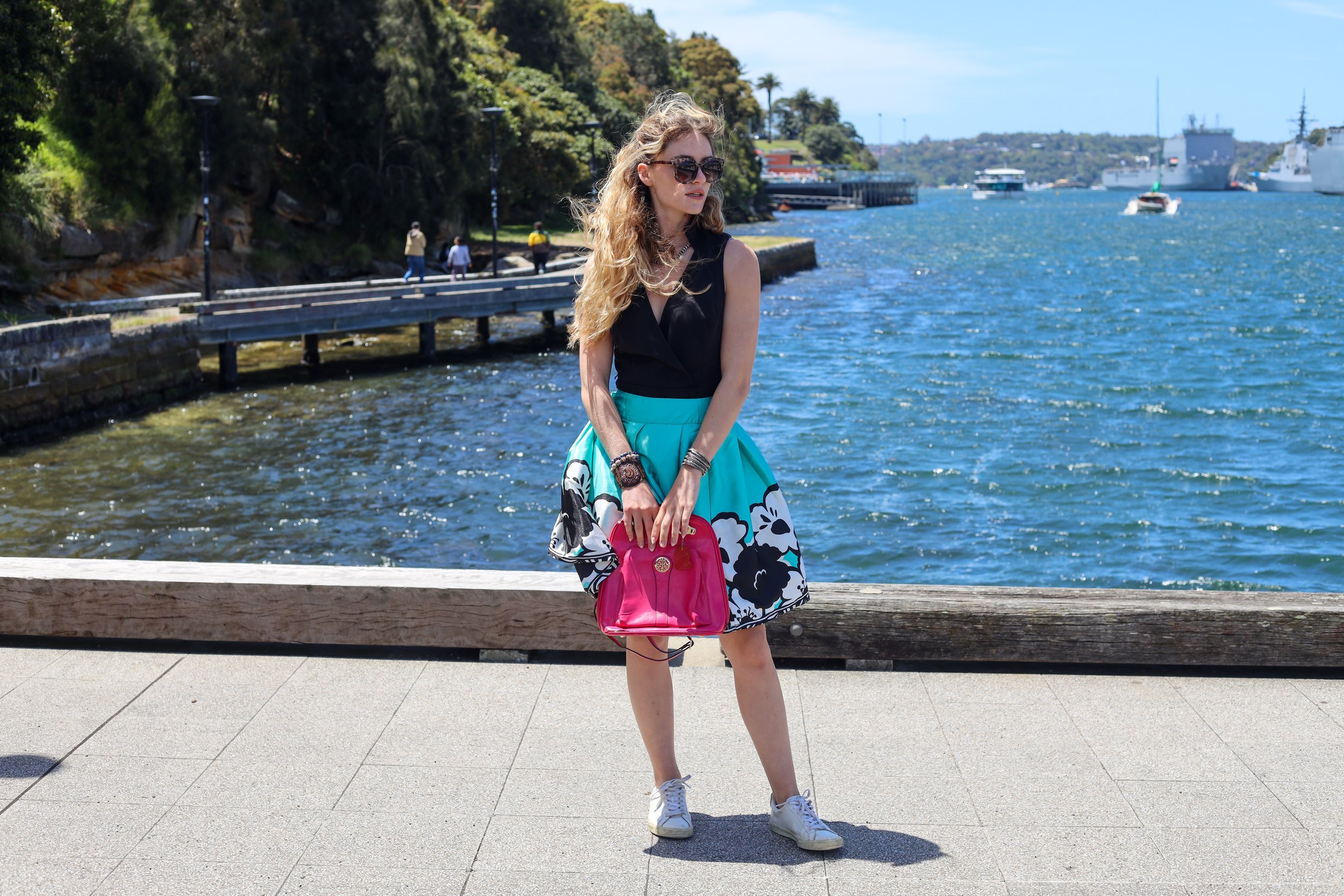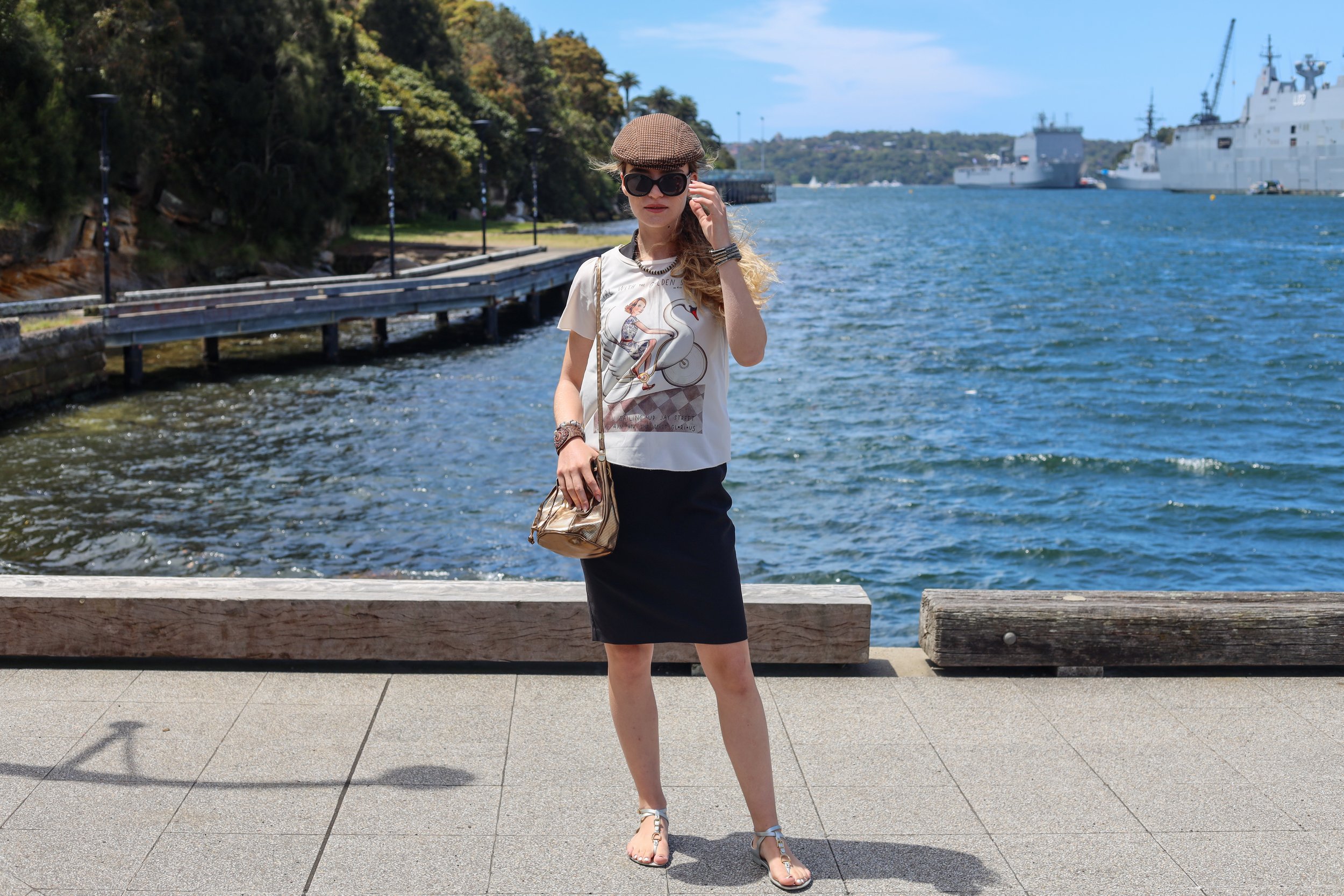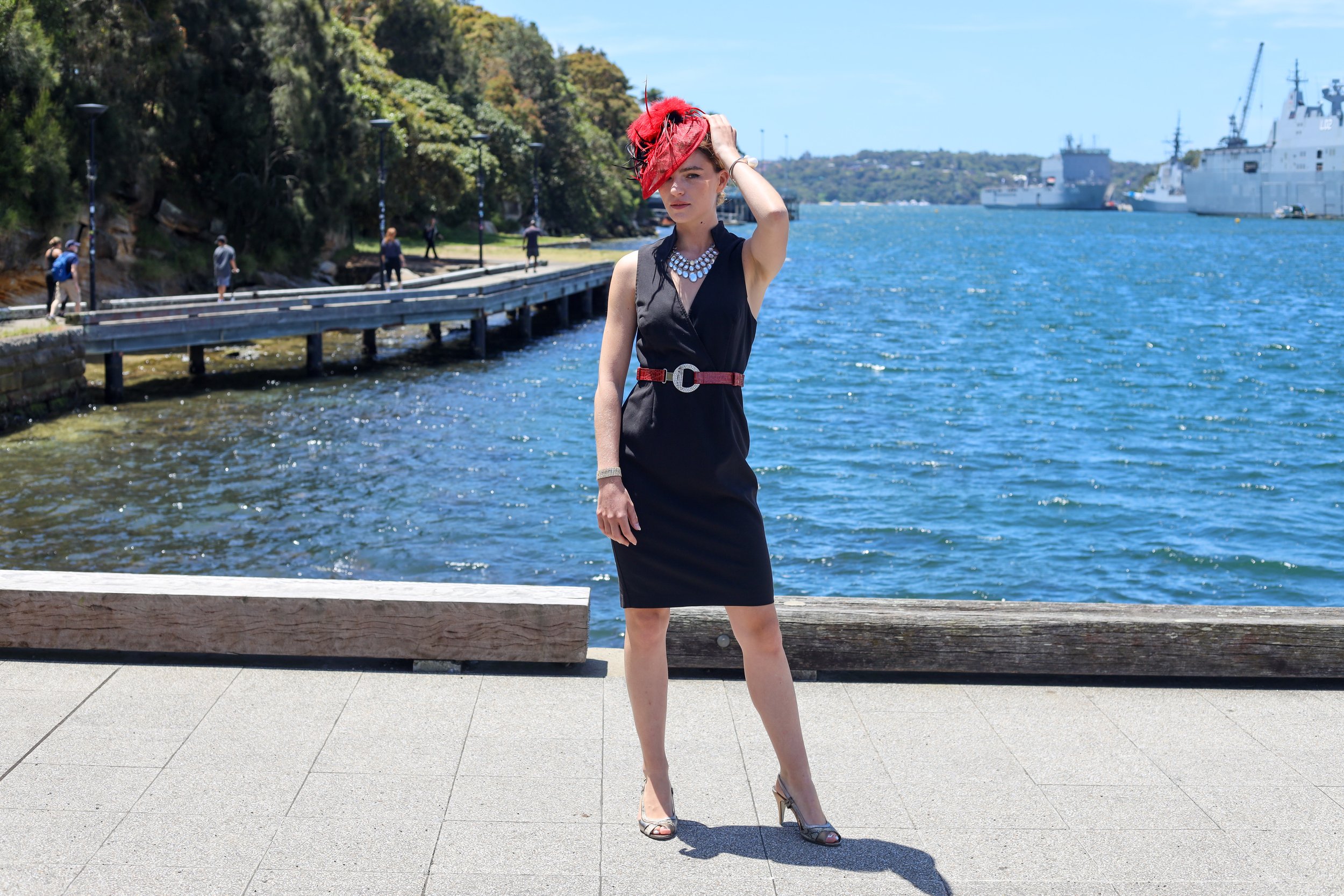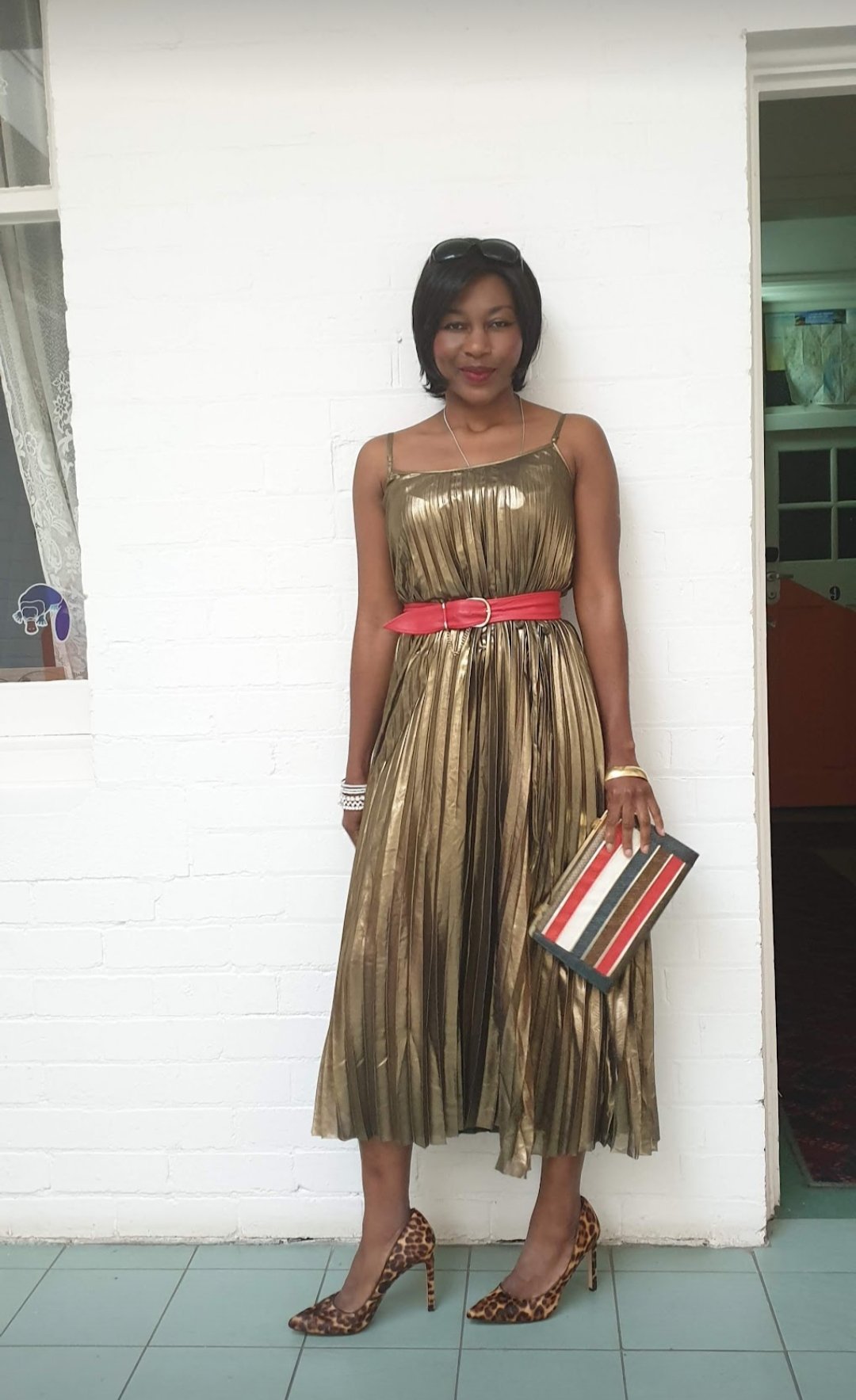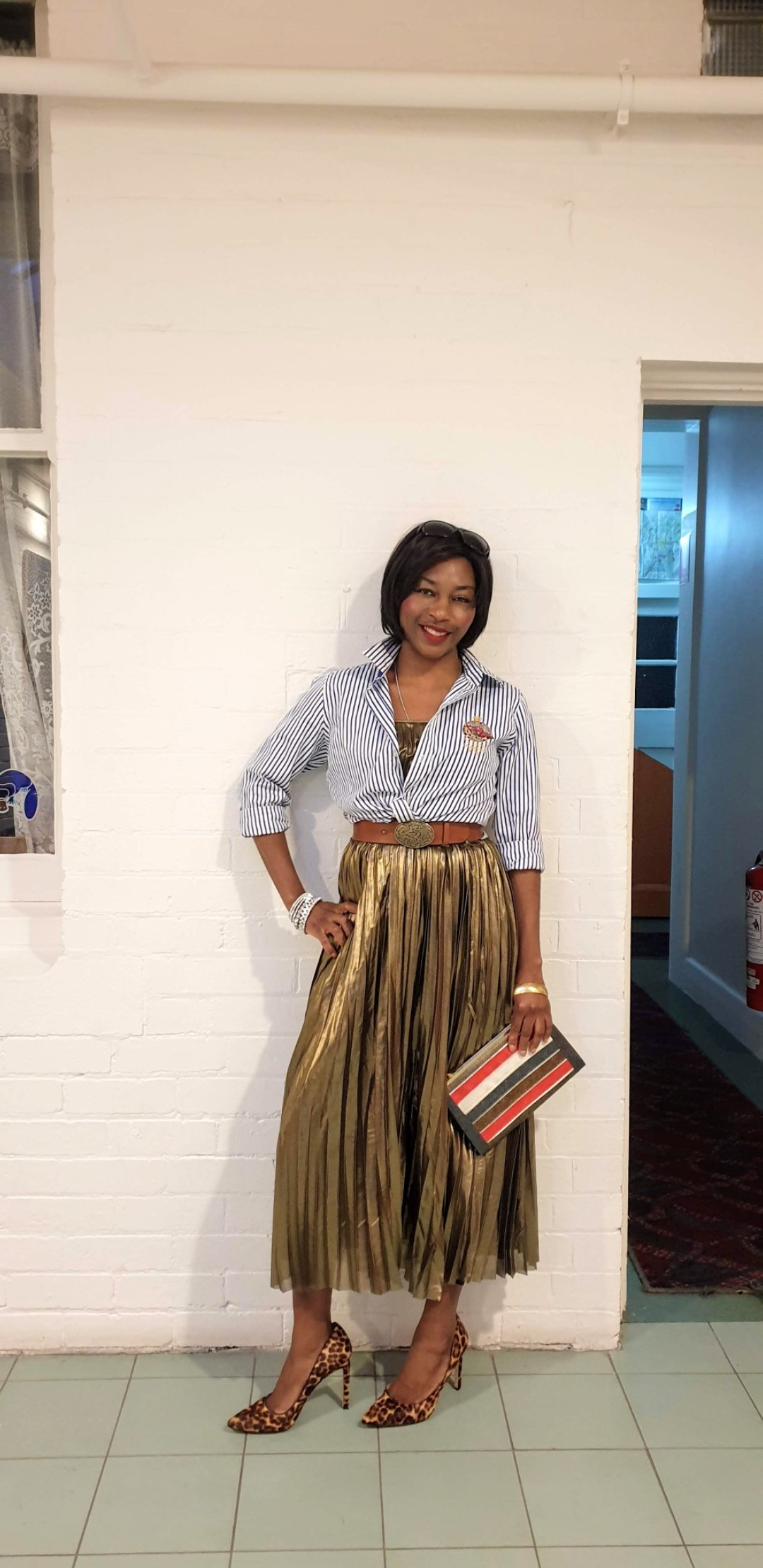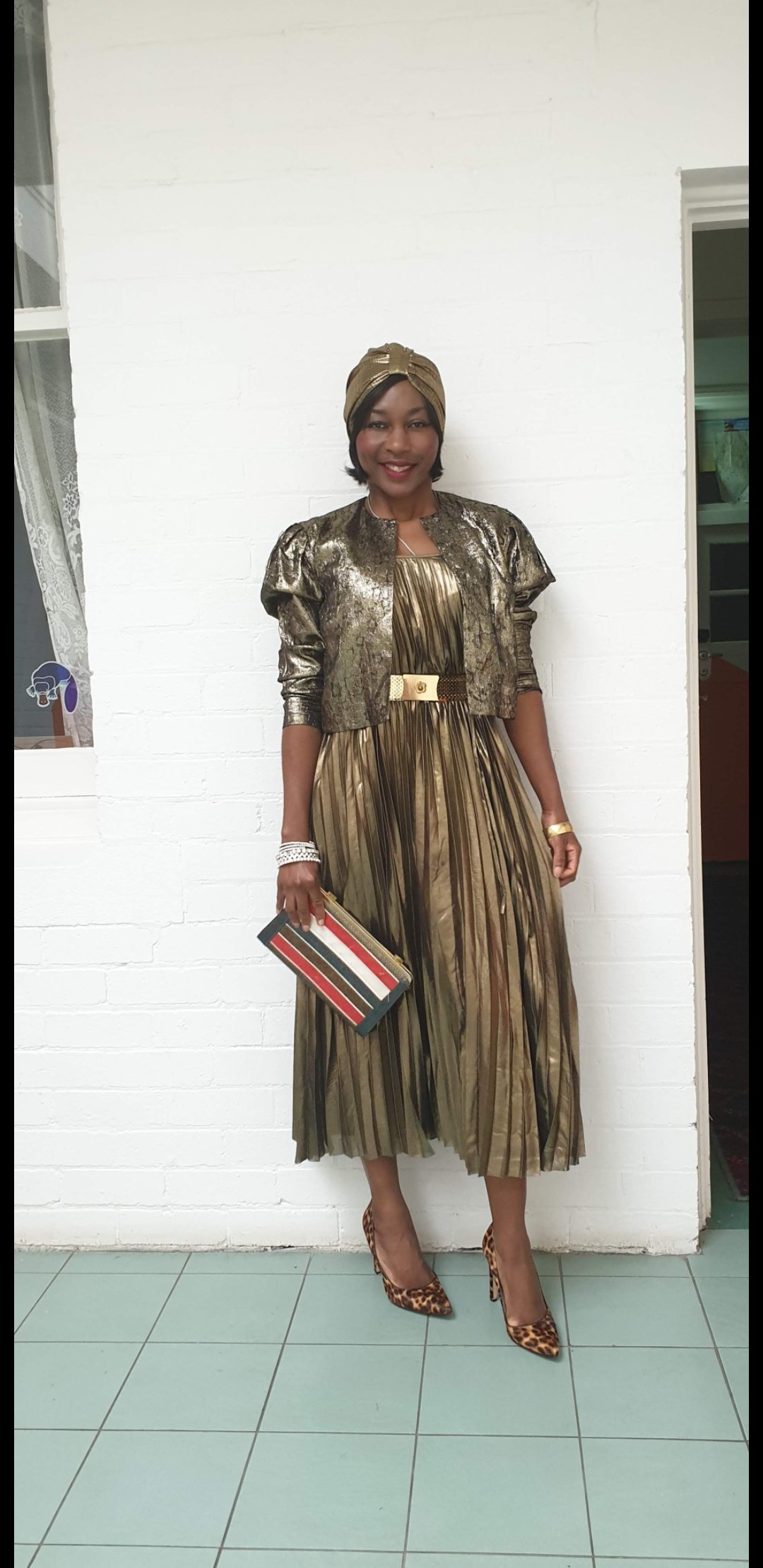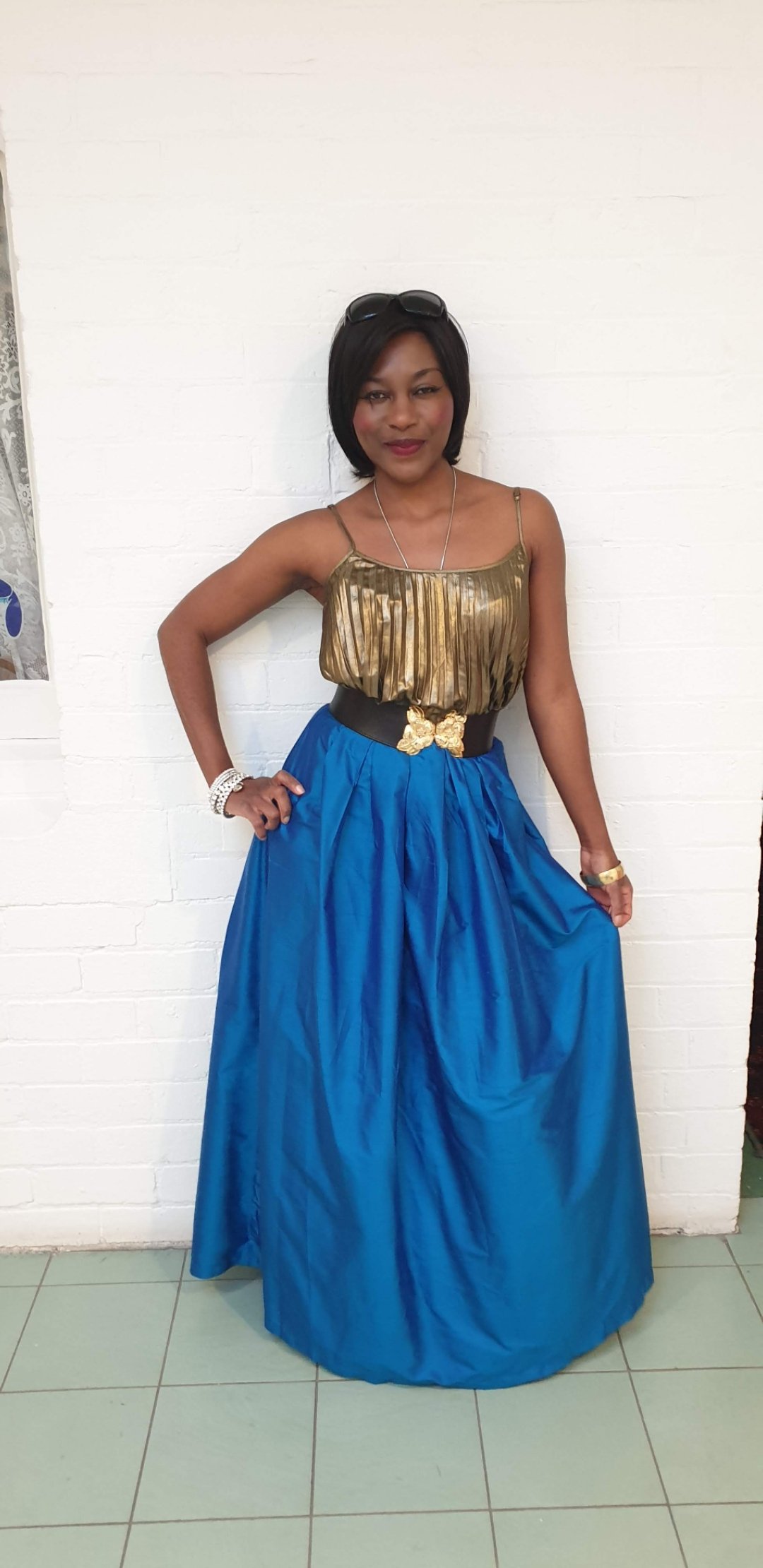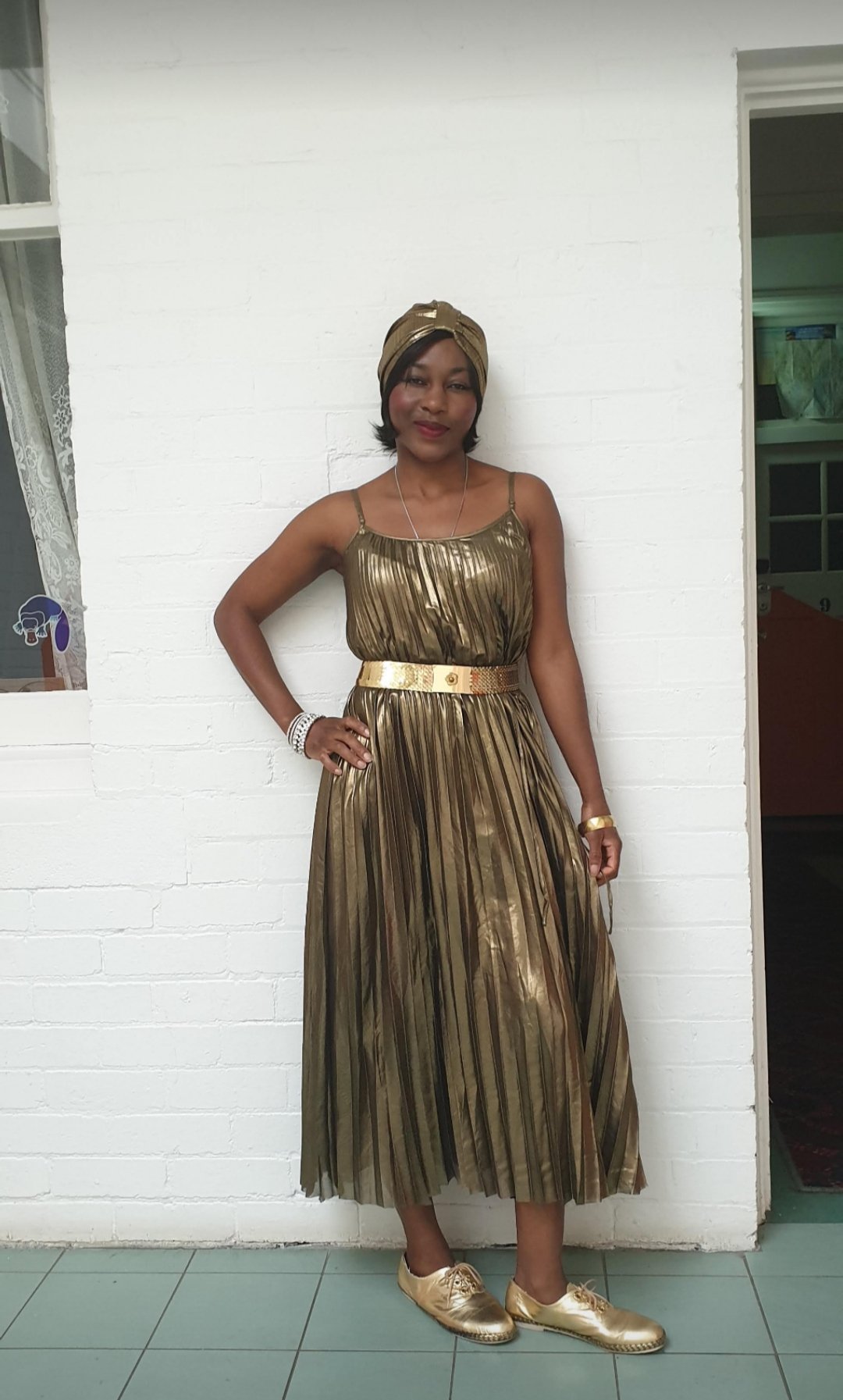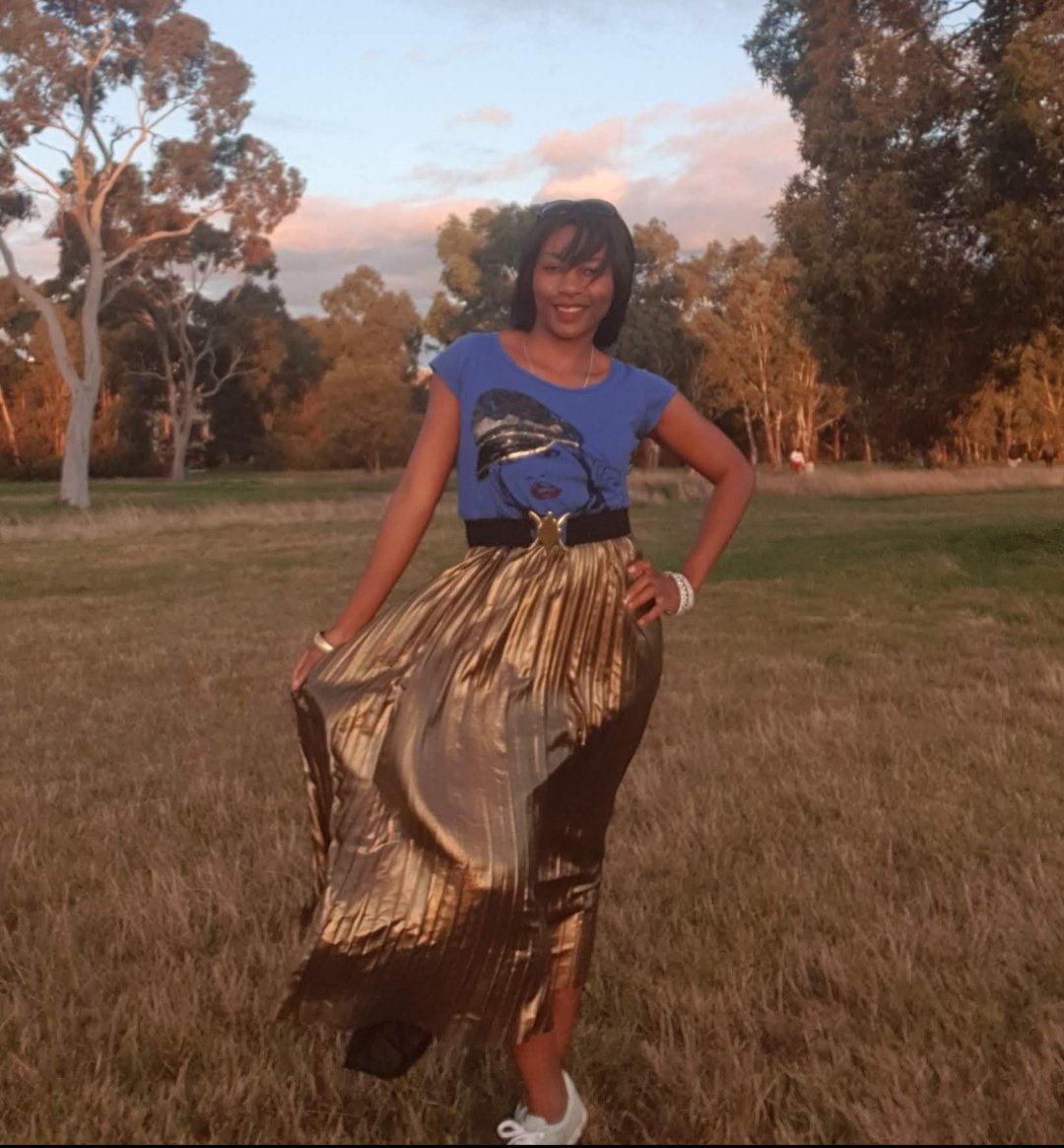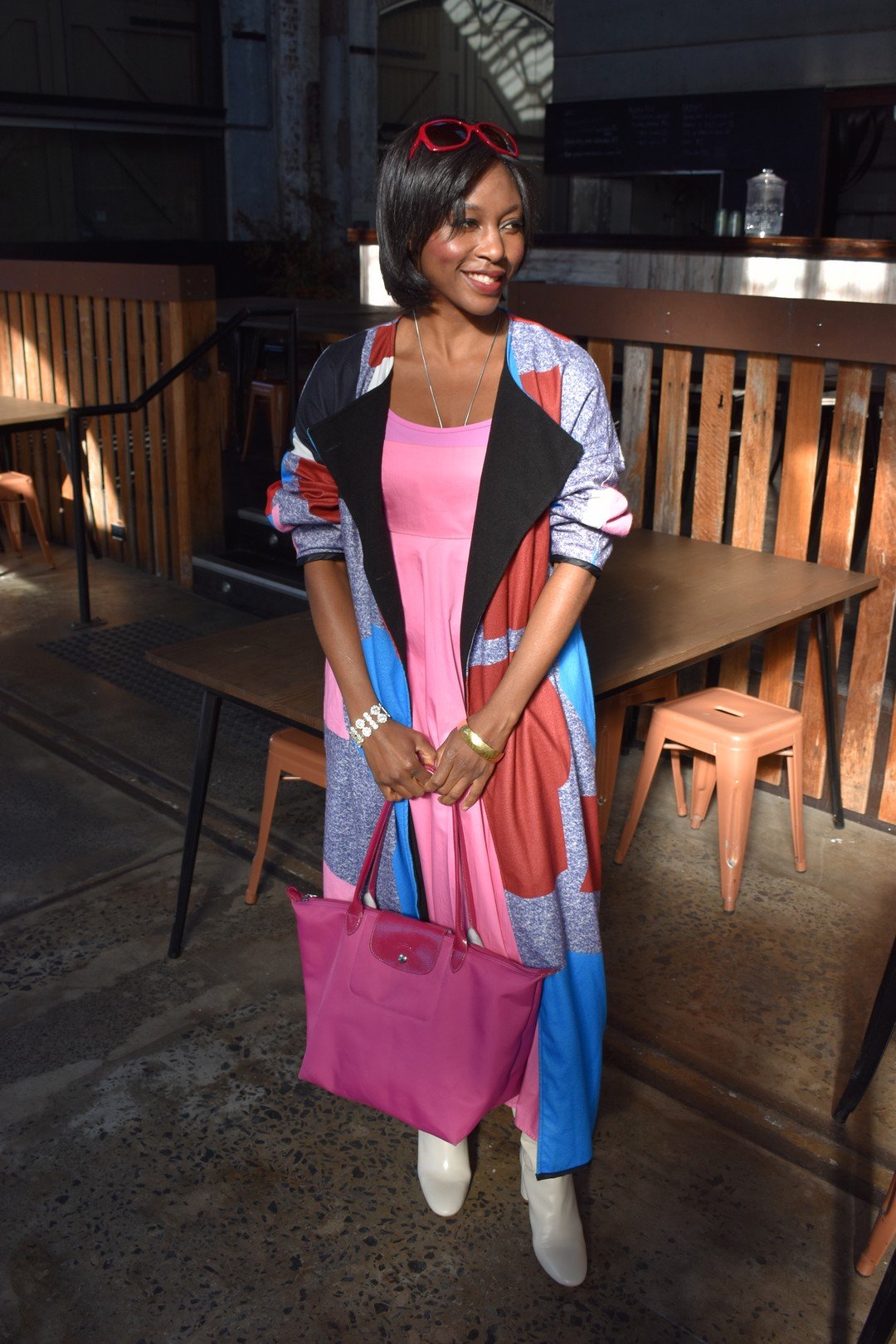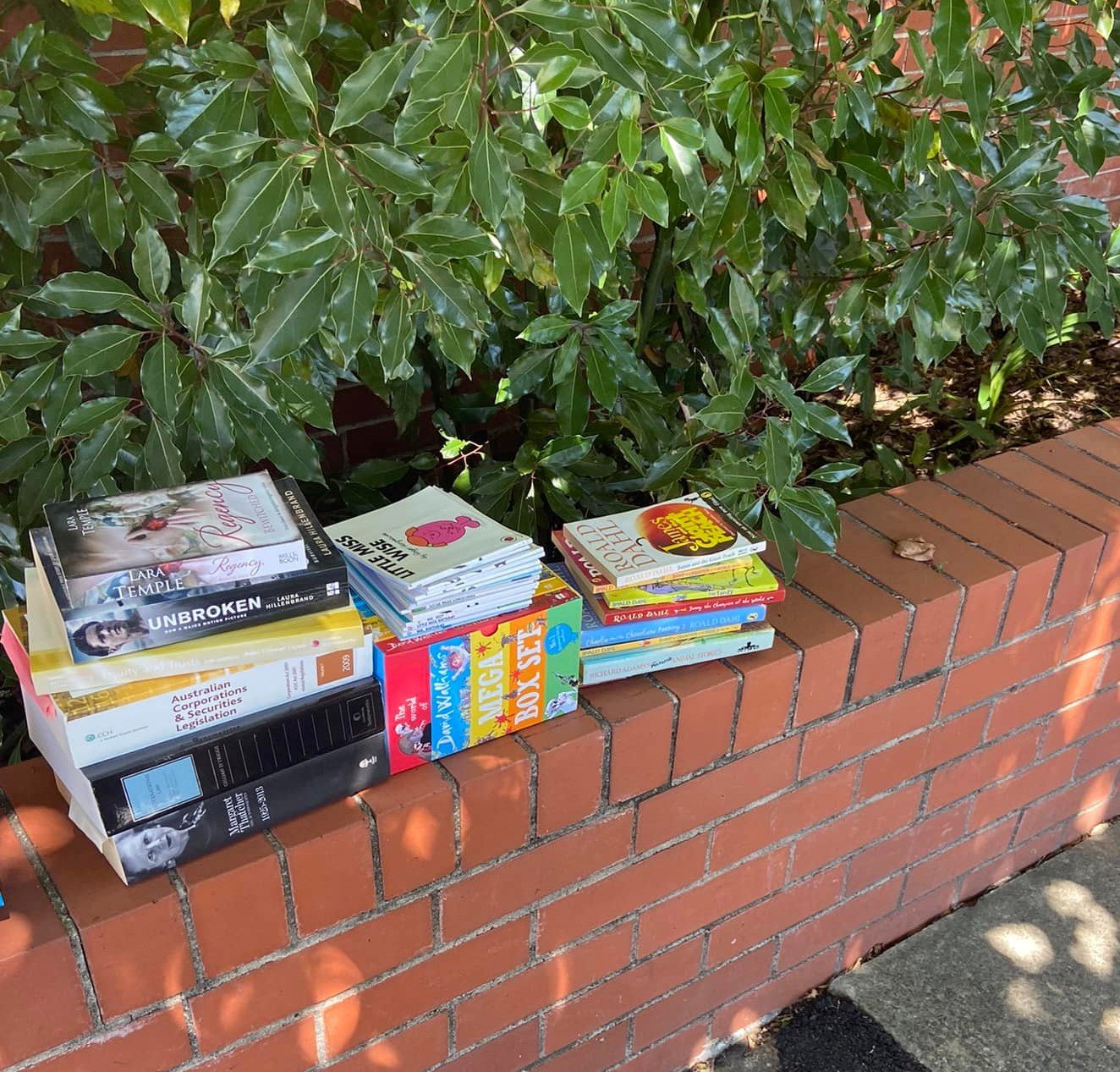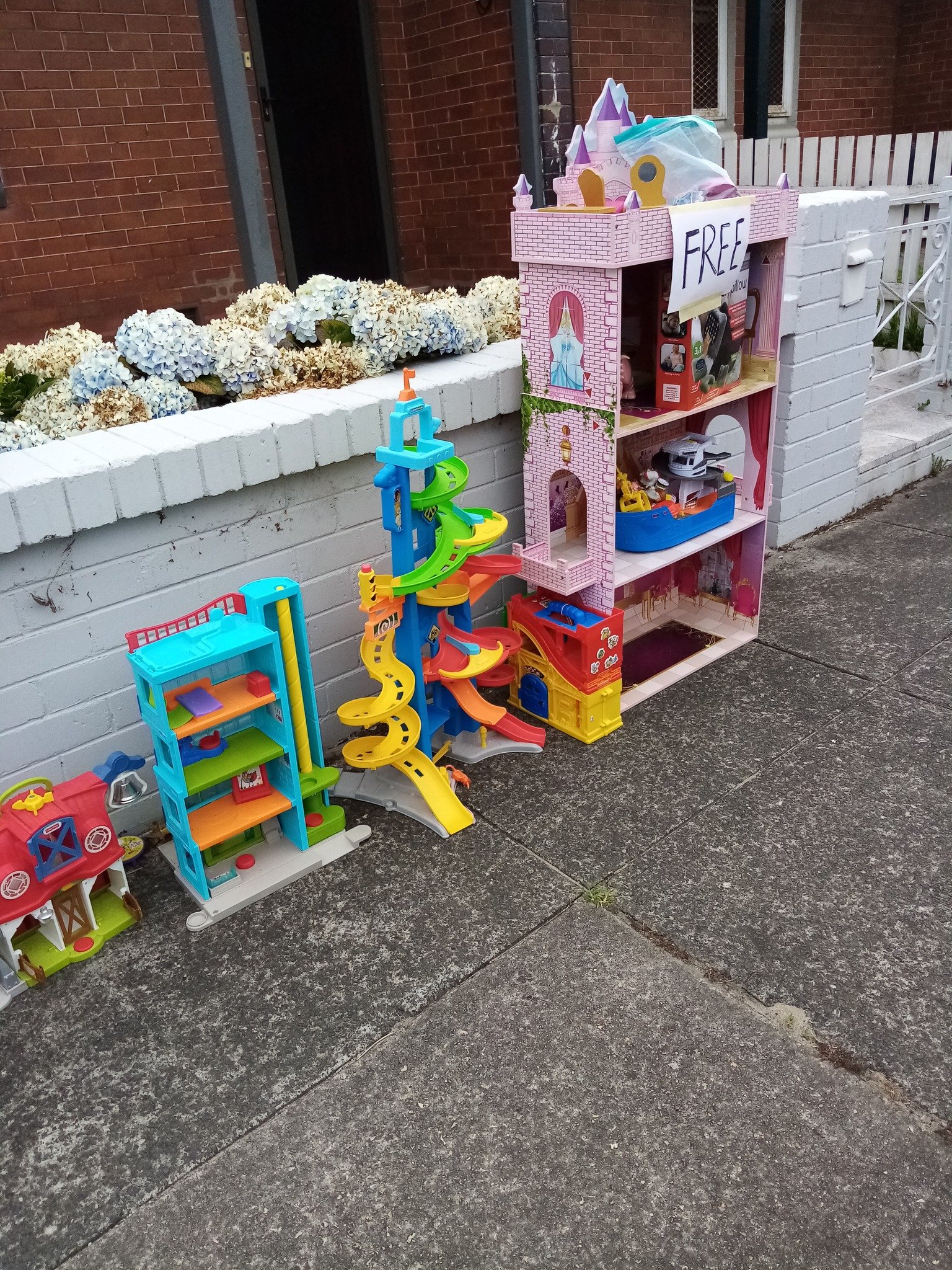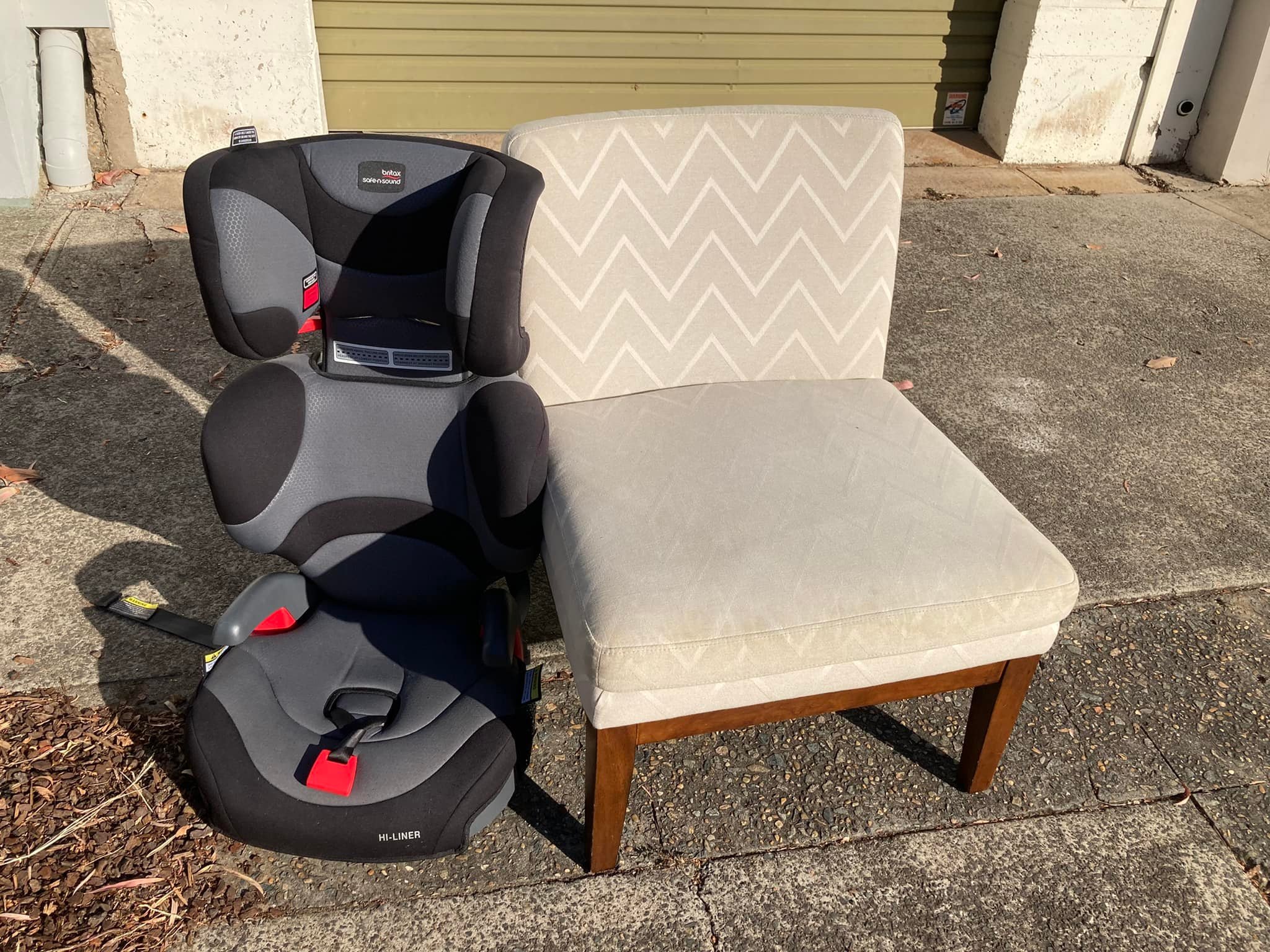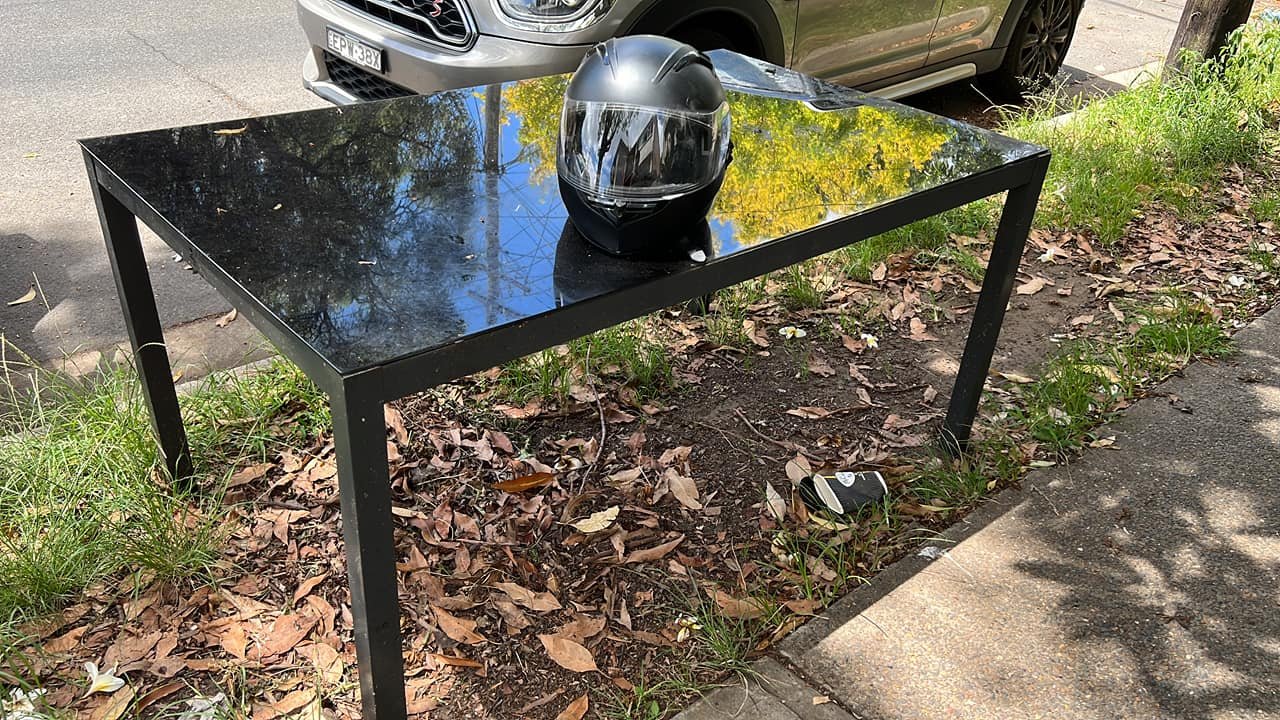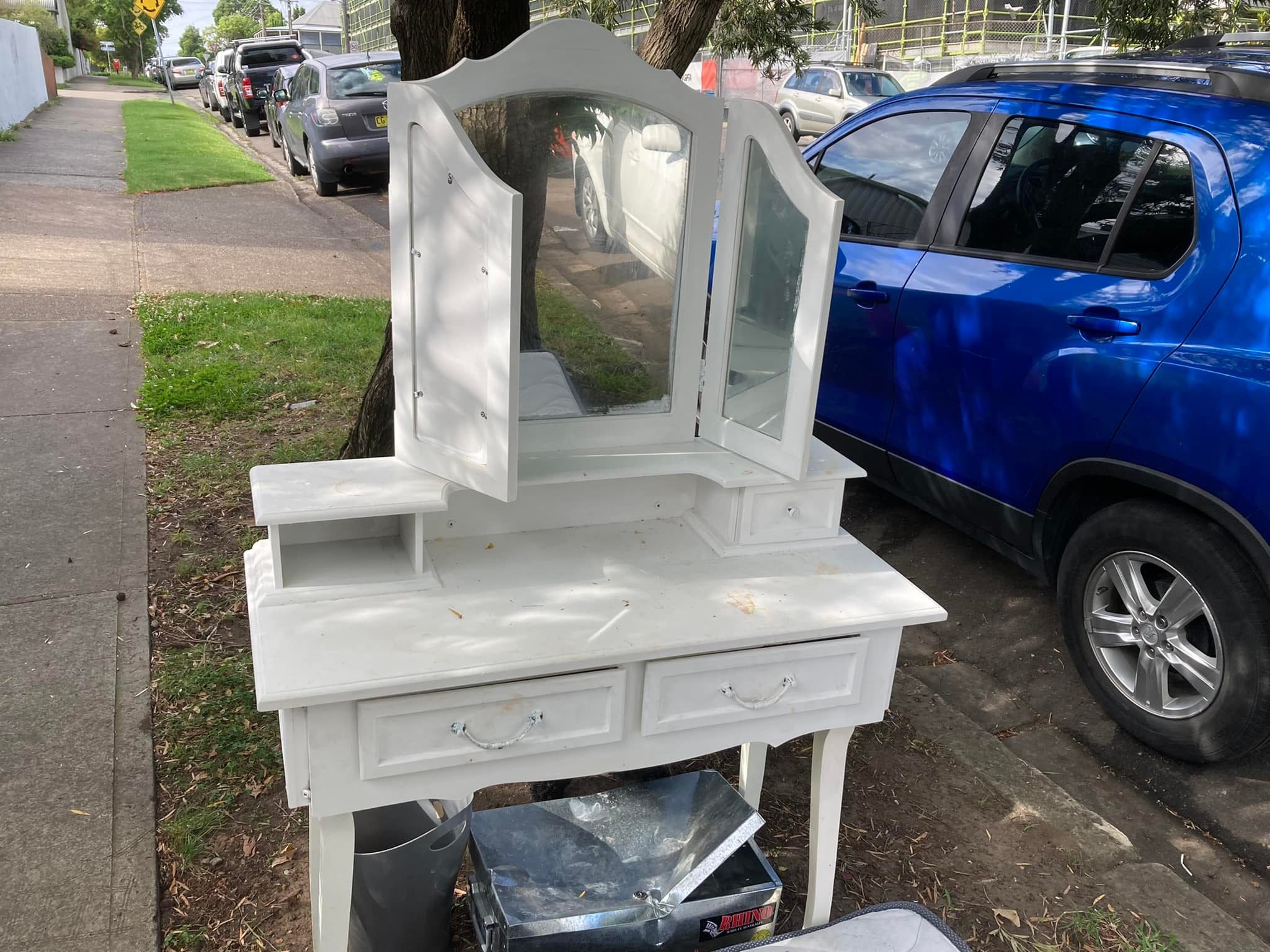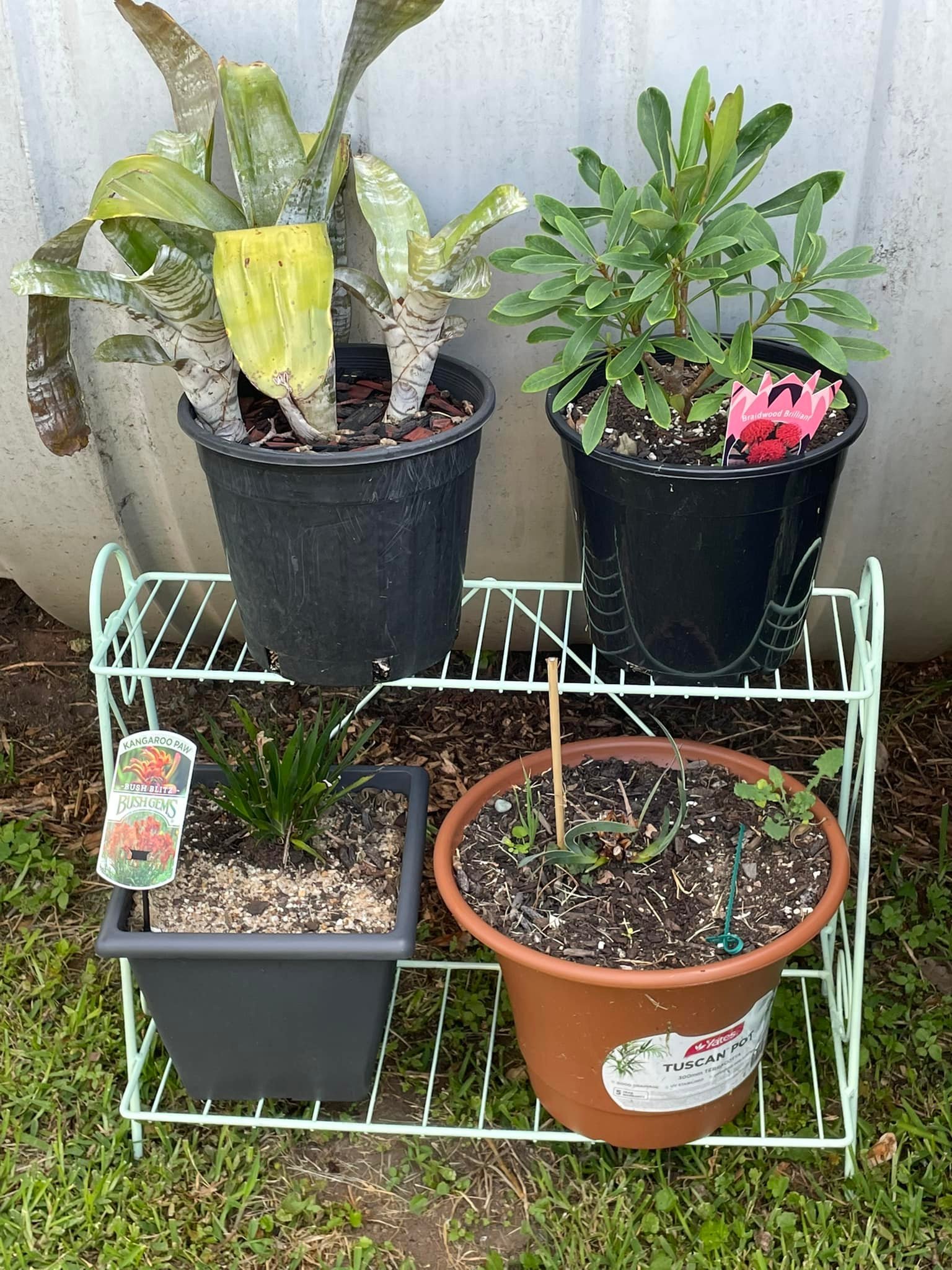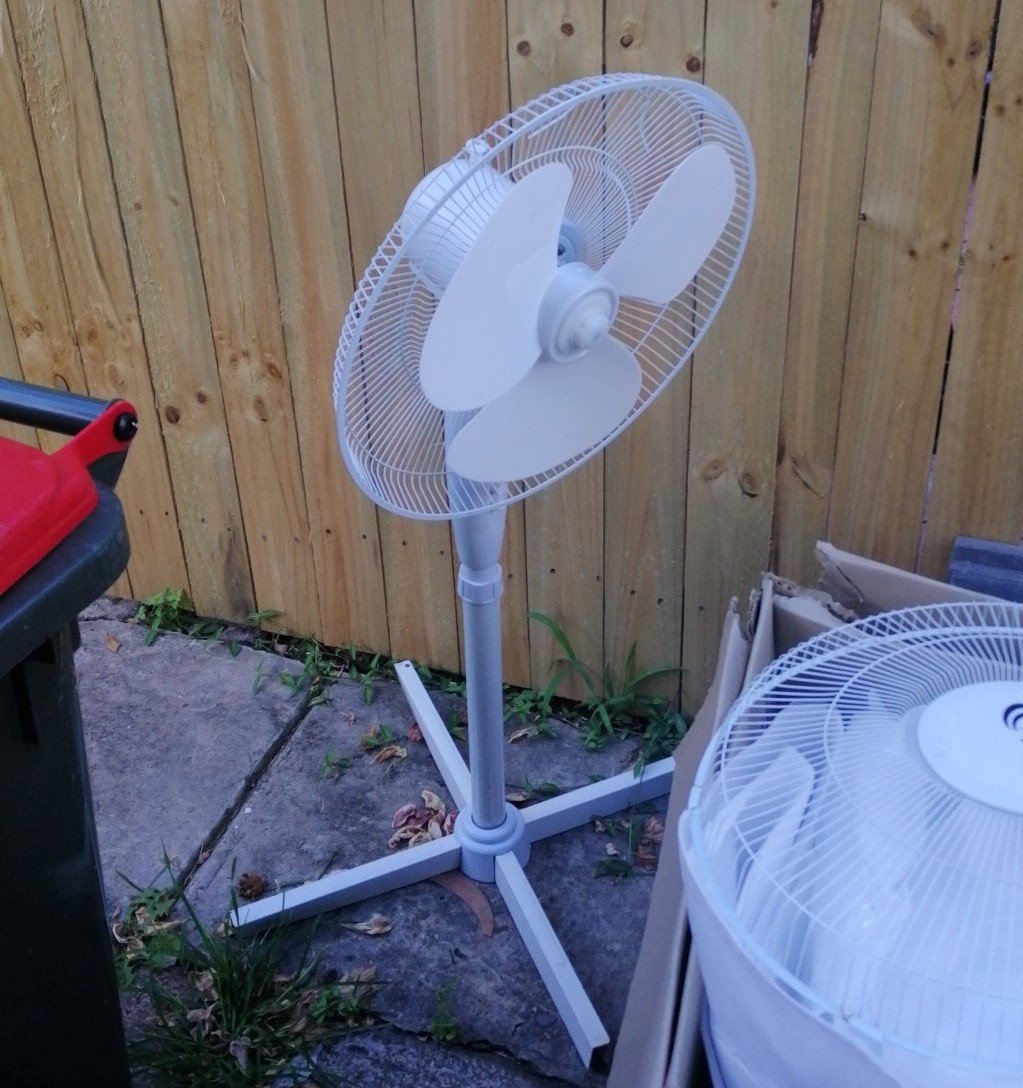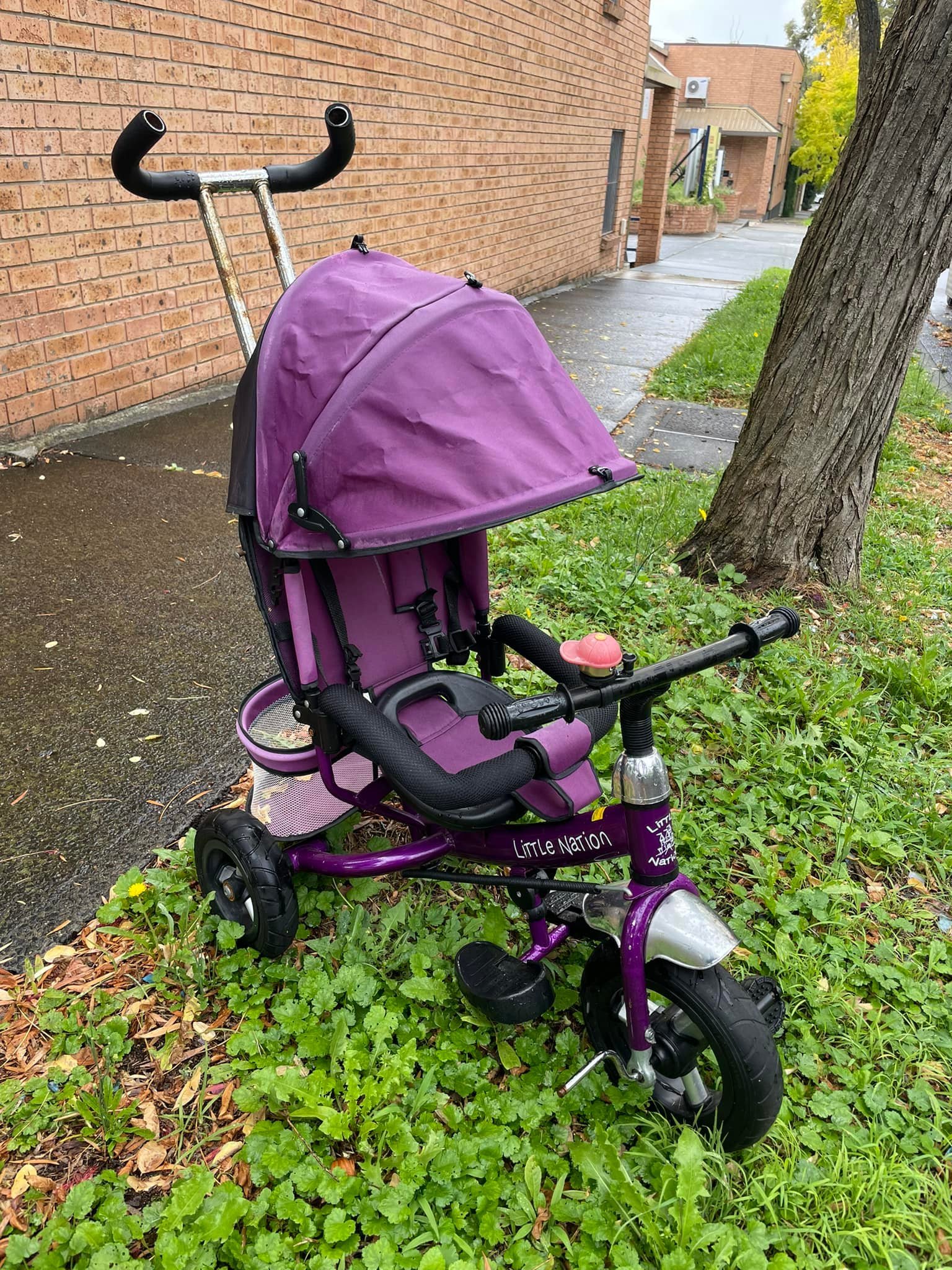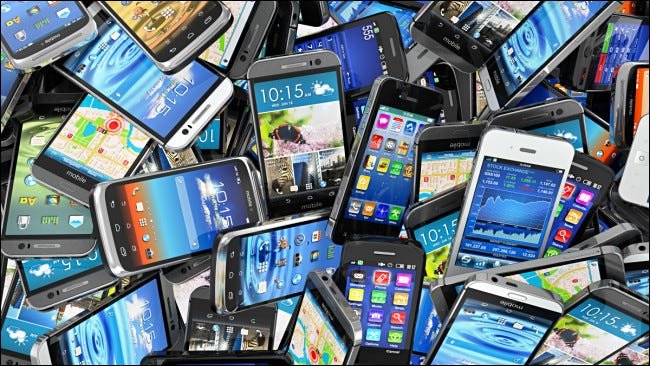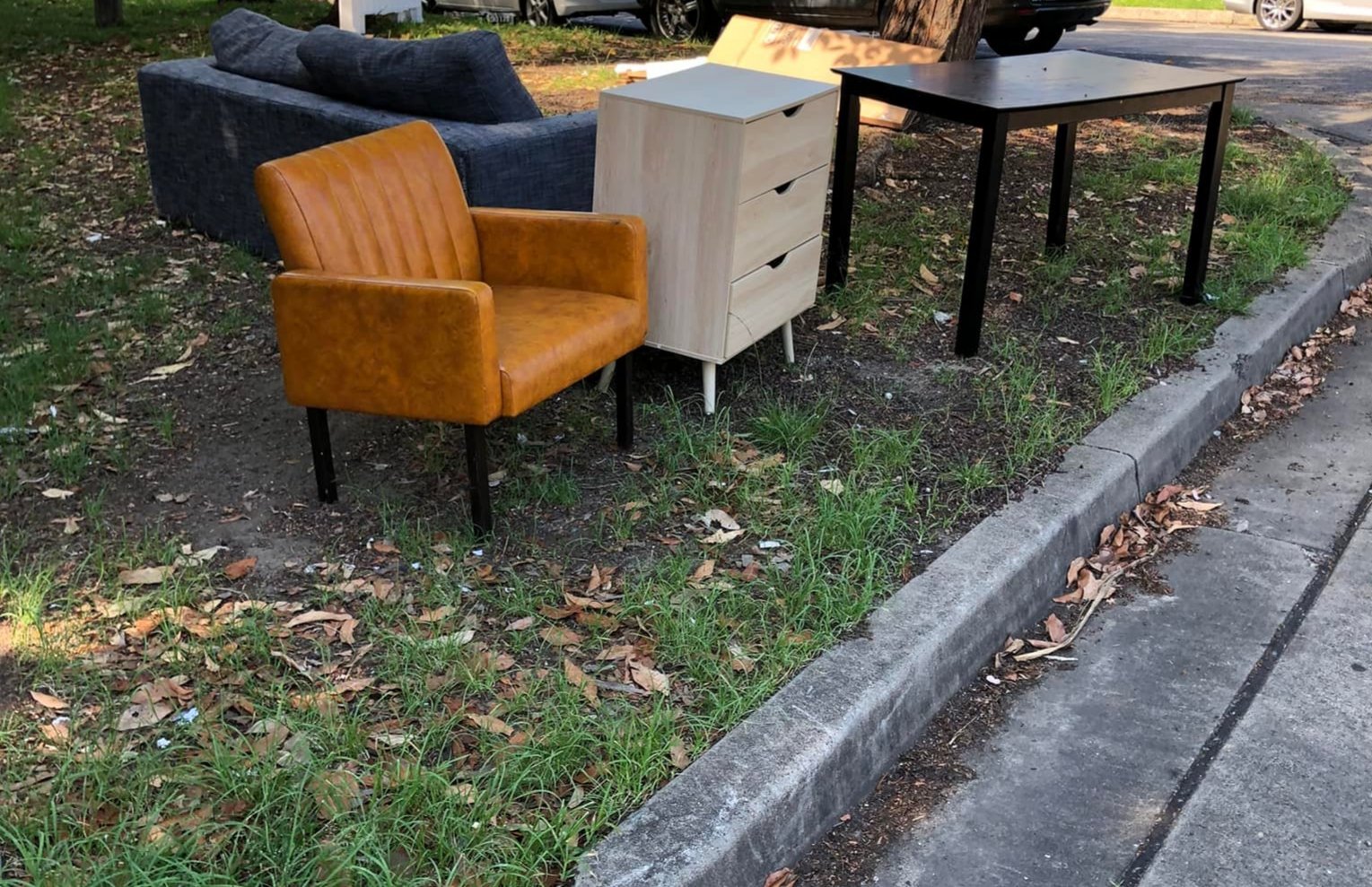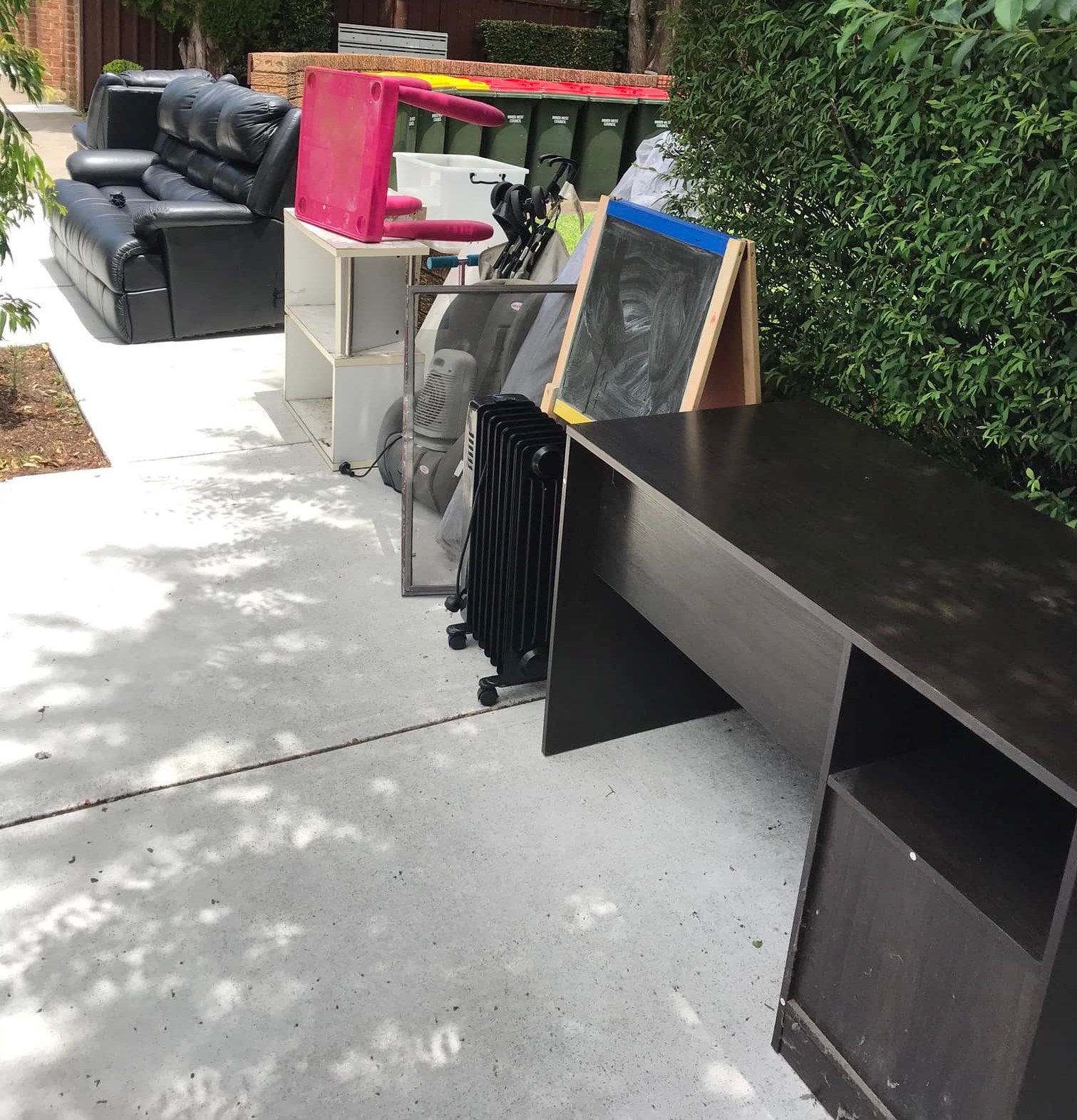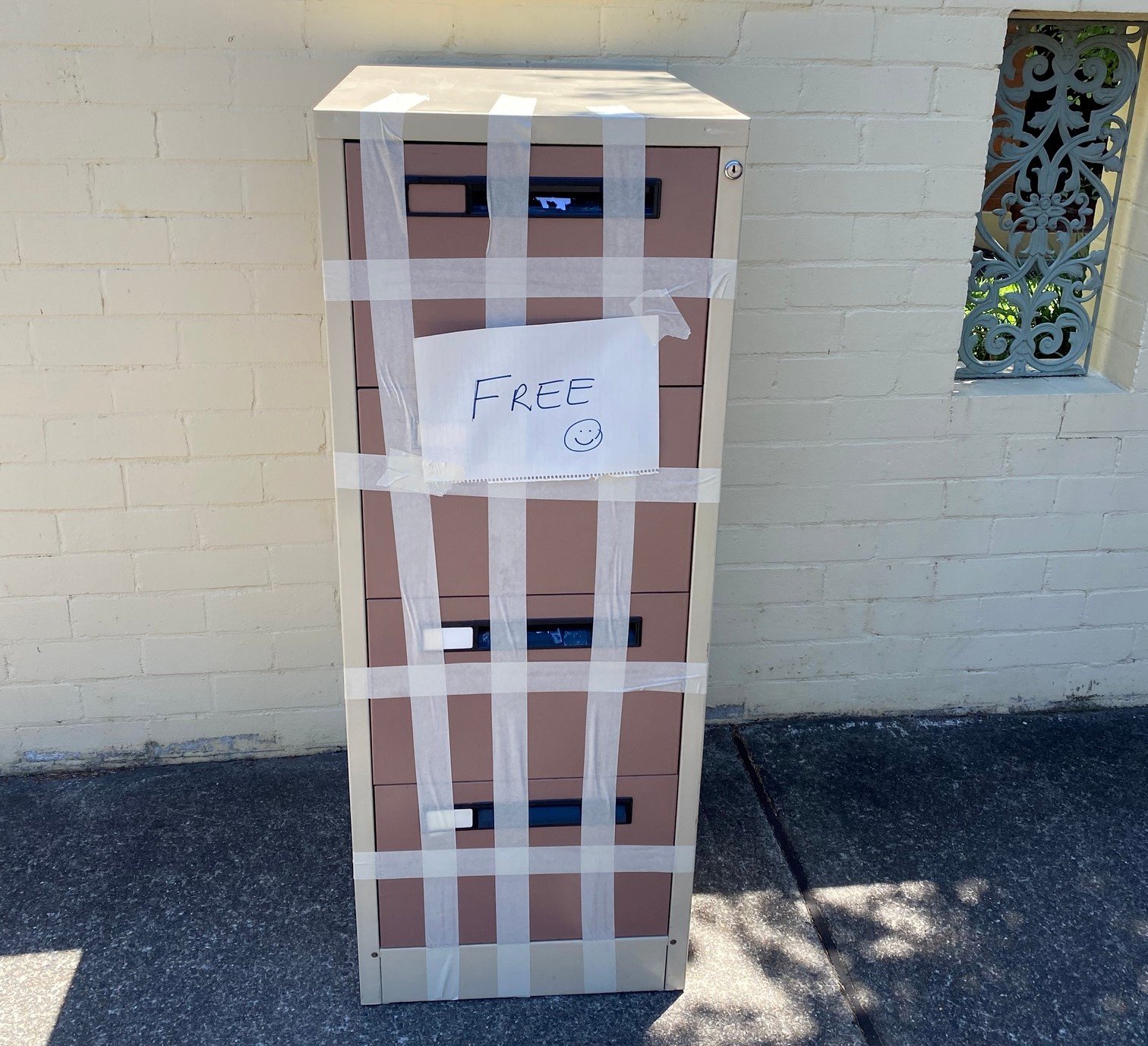I wrote this article originally for the Wellmade Clothes. It was first published on their website in November 2020.
What’s up with wokewashing?
You might be familiar with the notion of greenwashing. It’s where brands use empty buzzwords and pseudo-environmental initiatives to hijack sustainability and environmental issues. Brands use it as a marketing strategy to boost PR and profits. If you’re not vigilant, it’s easy to fall for the social media hashtags, brand policy statements and ‘eco-friendly’ product lines that used to distract from bad business practices. In reality, they do little or nothing to support the social cause they claim. It appears greenwashing tactics are not enough to deceive customers into buying products that could help ‘save the planet’. So, brands have now upped the ante.
Enter wokewashing. In this phase, brands are co-opting social justice issues like anti-racism, feminism, LGBTQ+, inequality and mental health awareness. They align themselves with trending socially conscious and cultural issues. Meanwhile, some of the same (or similar) issues they speak up against are being perpetrated within their own company and their supply chains. Nonetheless, some brands have no scruples about commercialising social justice issues. Such is the dubious art of wokewashing.
Why wokewashing is a thing
Through our purchases, we’re investing in brands. More people are choosing to support brands that do the right thing and give back. And on that note are holding companies to a higher standard of conduct. They’re expected to publicly take a stand on environmental and social issues. Their silence can also be deemed as a negative act. This notion has birthed socially conscious capitalism and brand activism.
How wokewashing can look like
BLM wokewashing
One of the most common areas to spot wokewashing in abundance is the Black Lives Matter movement, particularly when it went global in June this year. Fashion has spanned years of systemic racism, insensitive creative-decision-making and cultural appropriation. But the socials were lit with solidarity for BLM by fashion brands when the issue was trending. From posting black squares to performative allyship to statements of solidarity for racial equality and justice. Meanwhile, some of these brands had workplace cultures that were toxic to black people. After the LA-based sustainable fashion label, Reformation posted a solidarity message, for instance, it was accused of hypocrisy because of a culture of workplace racism by people claiming to be former employees. The brand Anthropologie was accused of racially profiling customers in-store.
Many brands that posted about this movement had seldom or never had Black, Indigenous or People of Colour (BIPOC) as models, nor as top-level decision-makers, executives in senior and even other roles within the company. Luxury French brand, Celine, got called out by Hollywood stylist, Jason Bolden. He claimed the brand lacked diversity and refused to dress black celebrities unless they were working with white stylists. Adesuwa Aighewi, a high-profile model commented on diversity in fashion modelling saying, “Literally everything that I've done has been as the face of my race and as a diversity token....” #BLM is no longer trending as much as it was back in June and correspondingly, many brands have not followed through with the commitments they made.
Fast fashion - COVID-19 wokewashing
Primark is a major fast fashion brand worth approximately $1.4 billion. In April this year, they donated 74,000 essential items to the Nightingale Initiative for National Health Service workers in the UK due to COVID. They did something similar in Ireland, Spain, the US and Italy. At the same time, they cancelled orders worth $273 million, from garment workers in Bangladesh according to Remake. Most of these workers were on poverty wages and the actions of brands like Primark sent them further into destitution, which in poorer countries puts them at risk of COVID because conditions for quarantine and safety become less available.
Fast fashion brand Asos raised funds for the National Health Service in the UK for the pandemic by selling tops with the word ‘Heroes’. They also donated tops to NHS employees. Meanwhile, the Guardian accused Asos of being a ‘cradle of disease’ earlier this year when they had staff working in their warehouses without protective equipment and without social distancing measures. They were also accused of laying off staff without severance or notice.
Boohoo, another fast fashion conglomerate encouraged customers to stay home when the lockdown was imposed in March. Ironically, they forced employees to risk exposing themselves to disease by going to work on product photoshoots without respecting social distancing rules.
Feminist wokewashing
Wokewashing happens in other sectors too. For instance, the automobile industry. In 2017, Audi garnered approval for an ad supporting equal pay for women. They received backlash when it was revealed that the company had a poor track record for promoting women to leadership positions.
The dangers of wokewashing
The damage left after brands perform wokewashing can be devastating on the marginalised, disadvantaged and affected individuals and communities they claim to support. In the first place, it makes a mockery of the victims fighting for justice. It diminishes and cheapens their fight for their human rights, and a just and better world by reducing these campaigns to a mere marketing tactic. In my opinion, the lack of empathy in profiting from the pain of people is unfair, inhumane and ruthless. The loud, empty noise made by brands gives the false impression that genuine changes are being made to improve circumstances for the marginalised. In some cases, after the campaign has died down, the outcome is only short-term changes are made, compared to the noise of the campaign. Wokewashing can also scramble the original messaging and miscommunicate who or what the social movement was originally created for.
Secondly, brand loyalty and trust are of the utmost importance in today’s world of customer engagement and brand reputation. Brands have to be rigorously thorough with their ethos, otherwise, it can damage their reputation. For many years, the accessories brand, Matt & Nat claimed to be ethical, sustainable and vegan. In 2019, customers discovered that they were not transparent about their manufacturing and were using PVC material which is bad for the environment. Customers saw this as greenwashing and it affected their customer base.
Fixing the wokewashing problem
Thanks to super clever marketing, the motives of brands can be hard to decipher. But not impossible.
1. Stay ‘woke’ on common deceptions
Familiarising yourself with some of the common wokewashing and greenwashing techniques can help to screen claims made by brands according to Gordon Renouf, CEO of Good On You. He suggests steering clear of brands that set future targets but fail to act on the issues now. He also recommends looking out for brand announcements with initiatives that have a few easy and insignificant initiatives that they’re working on. Especially the ones that are implemented at their head offices. One common trick is that brands will emphasise an initiative to divert your attention away from their harmful business practices but neglect to address all areas of impact.
2. Let’s check ourselves
As we’re calling out brands, I believe it’s important that we look within ourselves, our communities, networks, schools, communications and connections to be sure we’re not wokewashing in our own lives. Even if we don’t stand to profit, we should also stand by our ethos. Are we truly listening to the marginalised? Are we following through in our commitments long after the social media campaign is done and none of our friends can still be bothered? Are we unlearning some of the bad behaviour we’ve been taught? Are we educating ourselves and connecting with these marginalised groups long-term?
3. The devil is in the details (or fine print)
Be not deceived by brands that make big assertions, general statements and buzzwords without specific, measurable and substantiated claims in the fine print. At the end of the day, the outcome of these changes might be a very small percentage in comparison to the big noise they make. According to Ruth MacGlip and Alice Cruikshank of Common Threads podcast, brands need to show validation from a third party. Check if their claims have a legal and agreed-upon definition, rather than something vague like ‘natural’ and ‘sustainable’. Also, check if the claim is relevant to the product.
4. Engage
If the claims look shady, ask the questions to the brands. Some brands are well-intentioned, but they might be going about things in the wrong way. Engaging in conversations might help them shape their initiatives in the right ways. And if you come to realise that it’s simply a case of old fashioned wokewashing, then CALL THEM OUT!
5. Diversity and inclusion in the workplace
A buzz phrase we hear often and it’s incredibly crucial. No matter how genuine it appears, marginalised people can tell straight away when a brand is wokewashing on an issue that affects them. Diversity and inclusion in the workplace can help mitigate these situations by having representation in the room. Cheryl Overton, a veteran diversity and inclusion advisor says, “Brands have to start leaning hard into identifying (diverse) talent….” She insists this should be from corporate headquarters through to retail assistants. Furthermore, the internal culture should allow for them to have the space to create, influence, grow and contribute to the company.
6. Research
If you do your own research on a brand, you might discover whether the brand truly aligns with the values that they publicly claim. It’s important that we use our power to weigh and examine things that are presented to us rather than taking it all in without question. As stated earlier, it can be detrimental to those affected.
♥ Nina Gbor
Insta: @eco.styles

